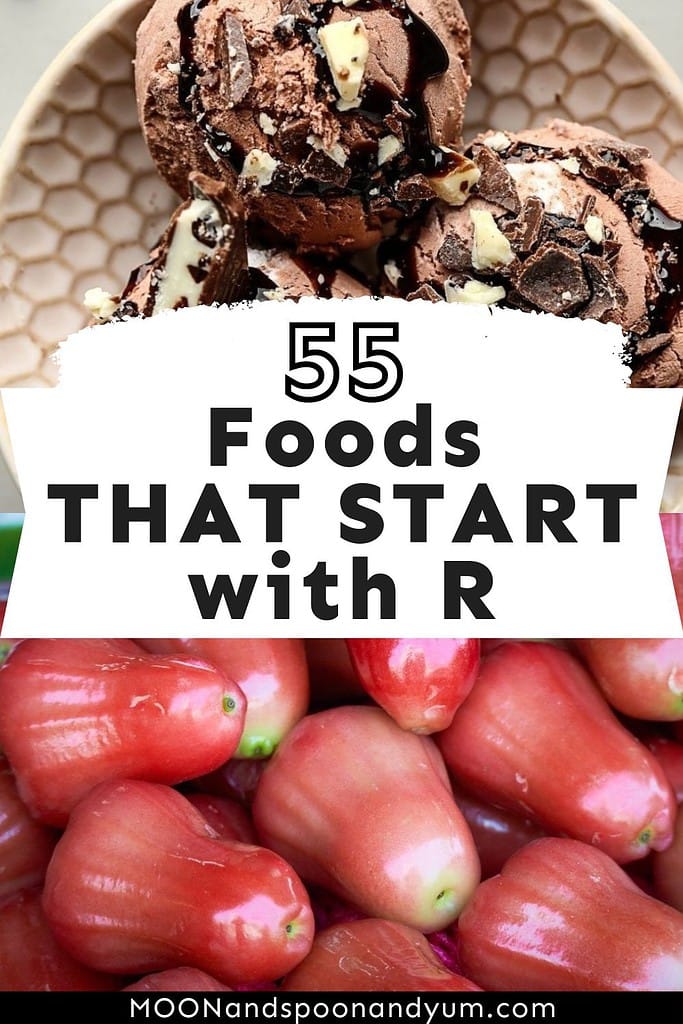55 Foods That Start With R
Get ready to explore some delicious foods that start with R. We’ve rounded up a variety of tasty options, from familiar favorites to exciting finds.
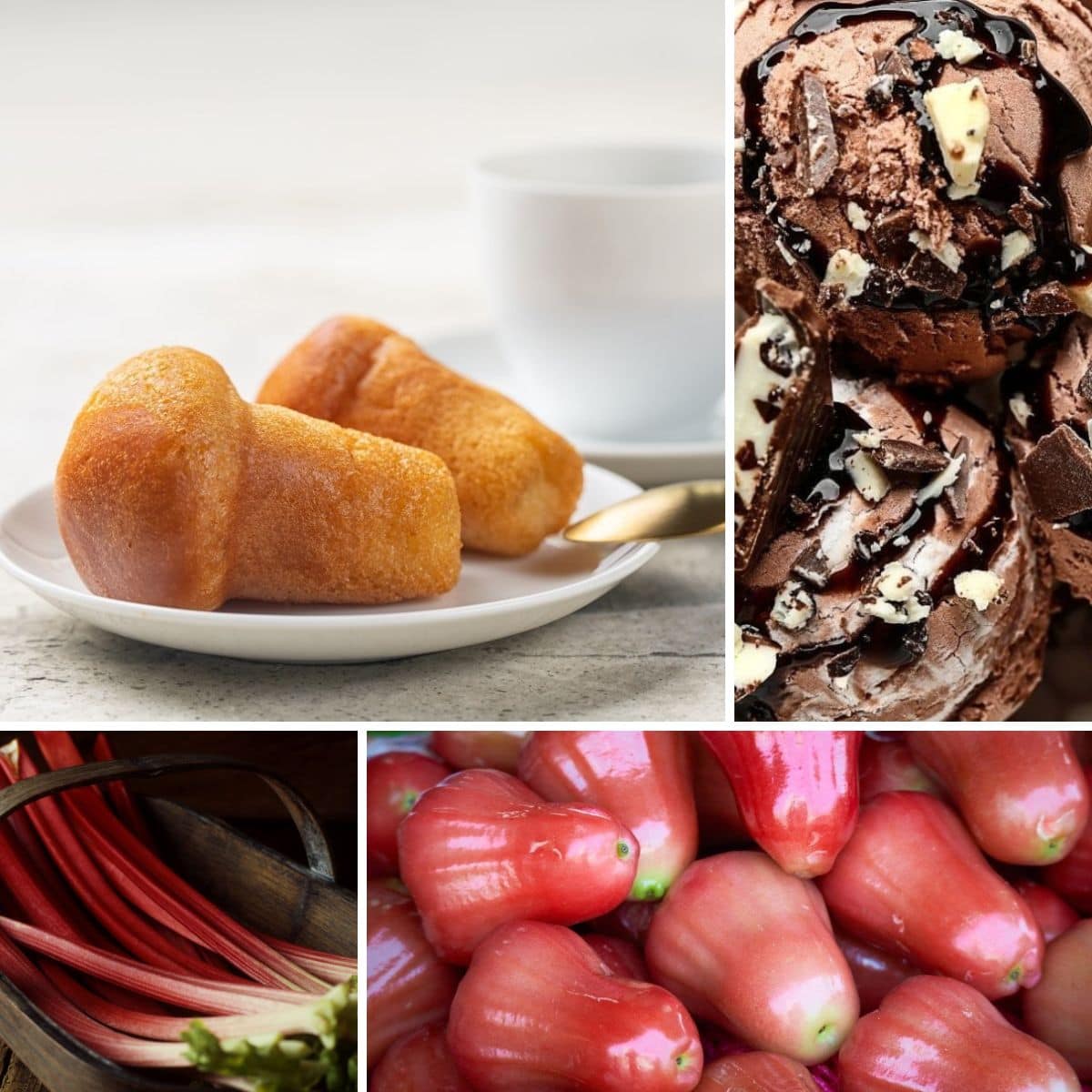
Have you ever stopped to think about how many foods begin with the letter R? It’s okay if you can only think of a couple off the top of your head. Let’s explore foods that start with R and learn their culinary uses.
55 Foods That Start With R
1. Radish
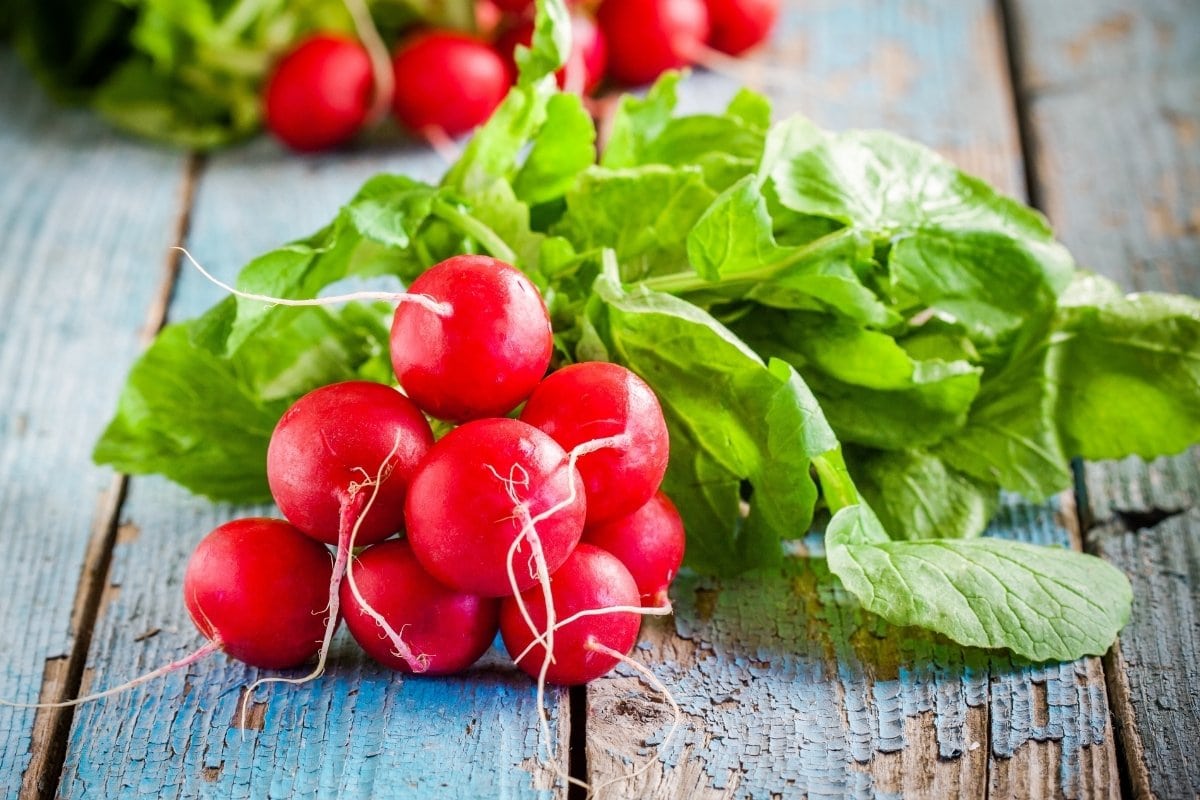
Radishes are crisp, colorful vegetables known for their peppery flavor and crunchy texture. You can find them in a variety of shapes, sizes, and colors, including red, white, purple, and black.
These root vegetables are low in calories but high in fiber, vitamins, and antioxidants. Radishes can be enjoyed raw, sliced into salads, salsa, or pickled for a tangy twist. They also pair well with dips, cheeses, and cured meats, and can be a great element in charcuterie boards and appetizer platters.
2. Raisins
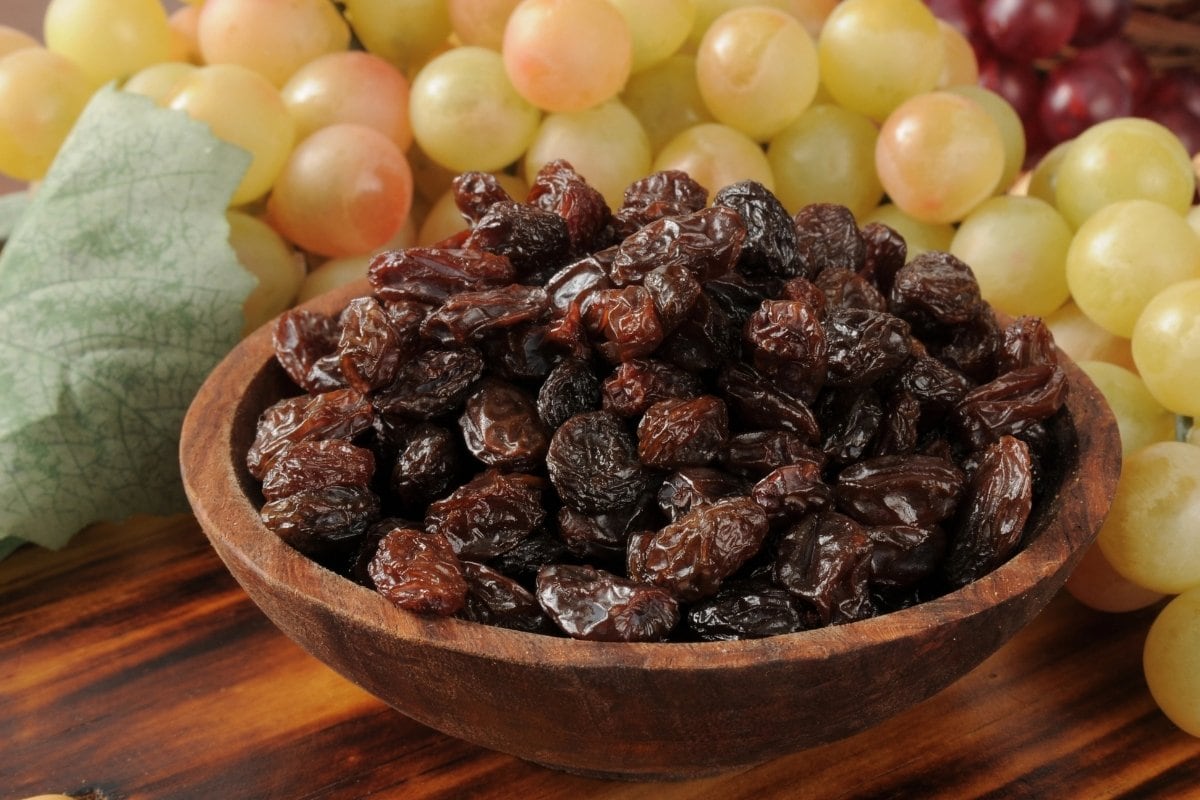
Raisins are sweet and chewy dried grapes. These naturally sun-dried fruits come in various sizes and colors, including golden, green, and dark hues. They offer a concentrated sweetness and rich taste.
Raisins are commonly added to baked goods like cookies, muffins, and bread. They’re also popular in trail mixes, cereals, and oatmeal. Additionally, they can be used in savory dishes such as rice pilafs, salads, chutneys, and tagines.
3. Ramen
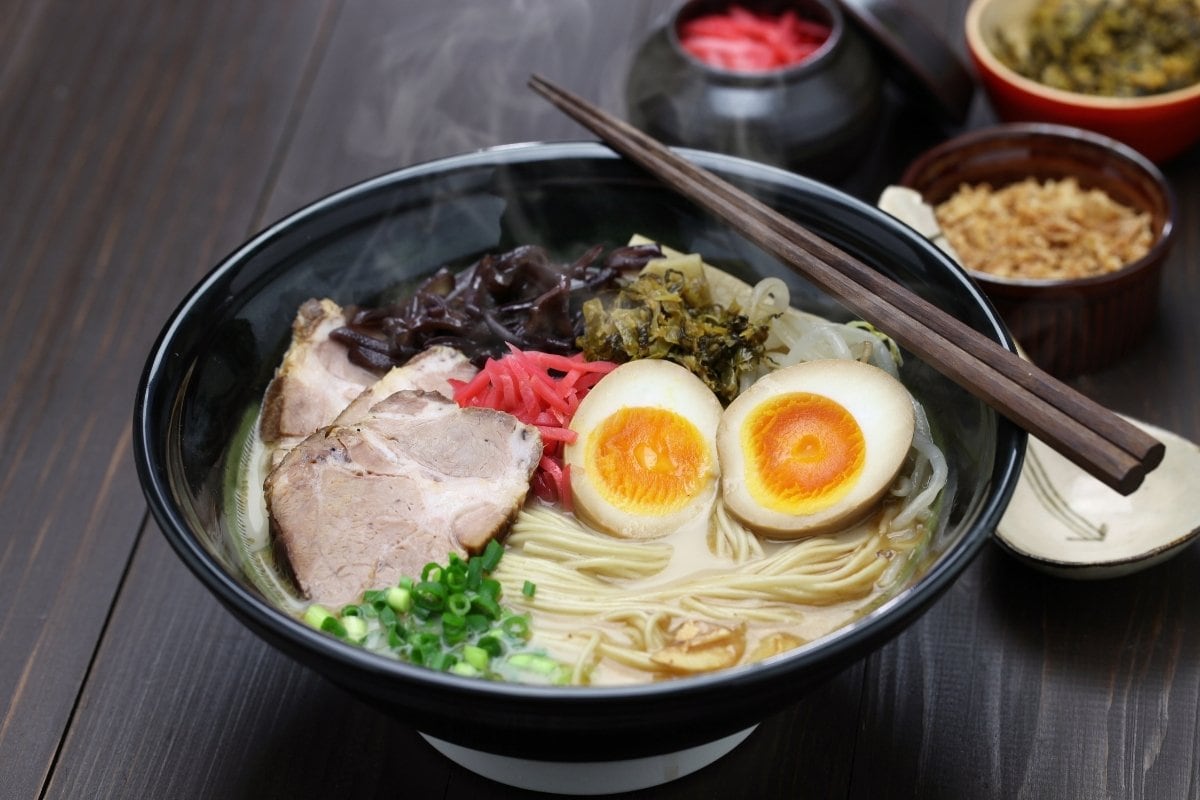
Ramen, a staple of Japanese cuisine, is a versatile and comforting noodle dish enjoyed worldwide. This dish is known for its savory broth, springy noodles, and toppings.
Originally introduced to Japan from China, ramen has evolved over the years, with regional variations and creative twists. The broth, often made from pork, chicken, or seafood, is simmered for hours to develop complex flavors. The noodles are typically made from wheat flour and are cooked to perfection. Toppings include sliced pork belly, soft-boiled eggs, bamboo shoots, nori, and green onions.
4. Ranch Dressing
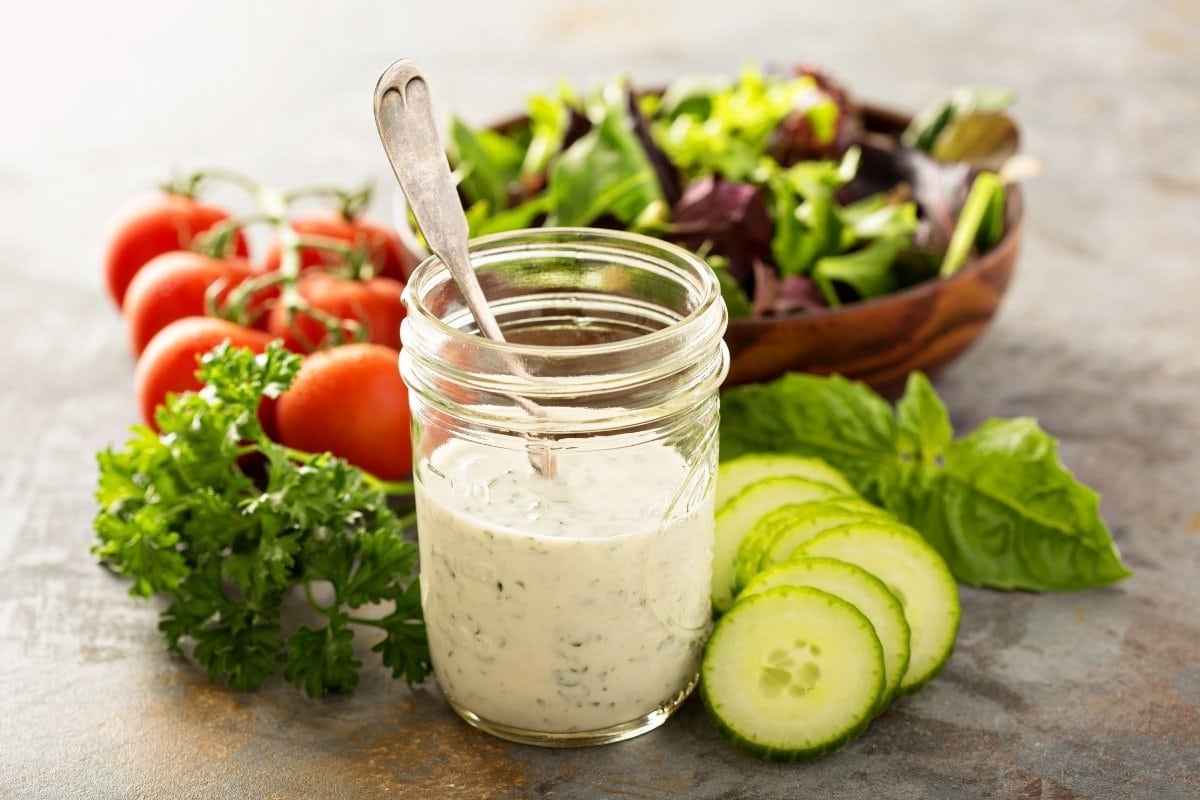
Ranch dressing is a creamy and tangy condiment. It is made from a base of mayonnaise or sour cream mixed with buttermilk, herbs, and spices, with a combination of garlic, onion, and herbaceous notes.
Ranch dressing is used to enhance the flavor of a wide variety of dishes, from salads and vegetable crudites to chicken wings and pizza crusts. It adds a cool and refreshing element to meals while providing a satisfyingly creamy texture.
5. Raspberries
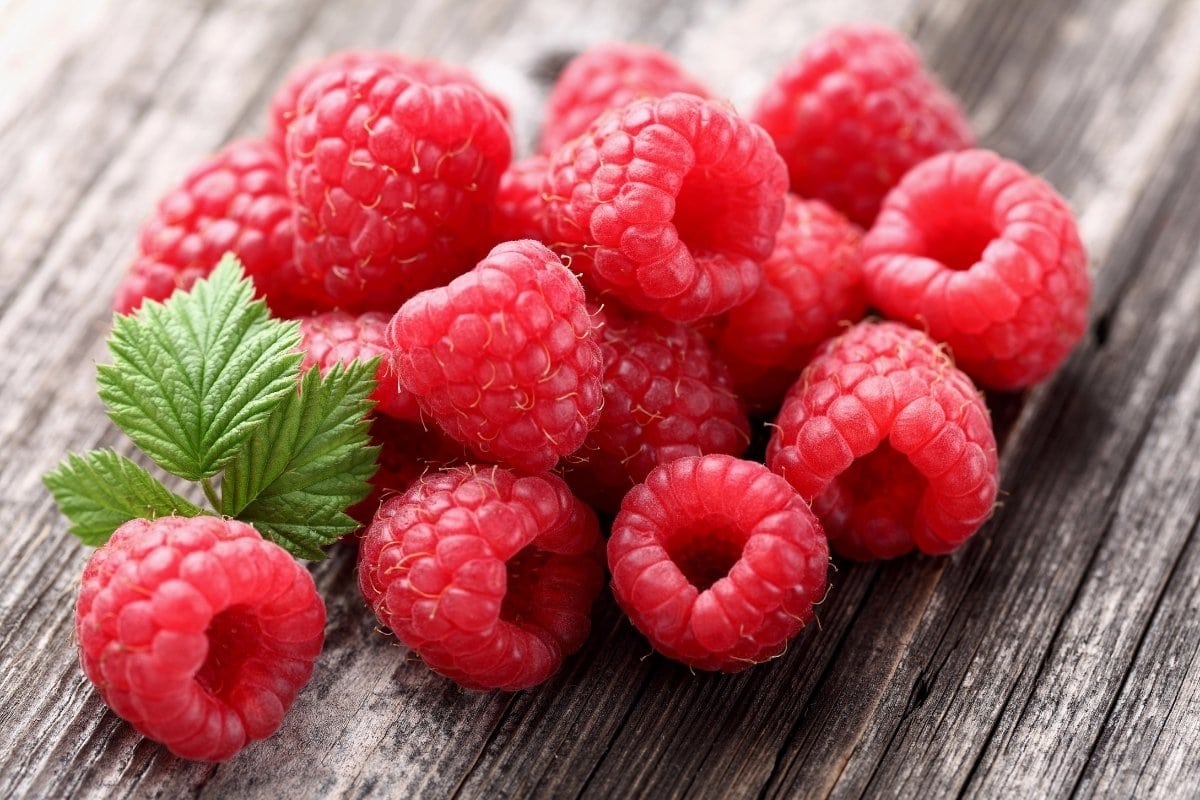
Raspberries are delicate and flavorful berries with a vibrant color and sweet-tart taste. These small fruits come in different colors, including red, black, purple, or gold. Raspberries are not only delicious but also packed with vitamins, minerals, and antioxidants. They are perfect for topping off yogurt parfaits, adding to smoothies, or baking into pies, muffins, cobblers, and cakes.
6. Ratatouille
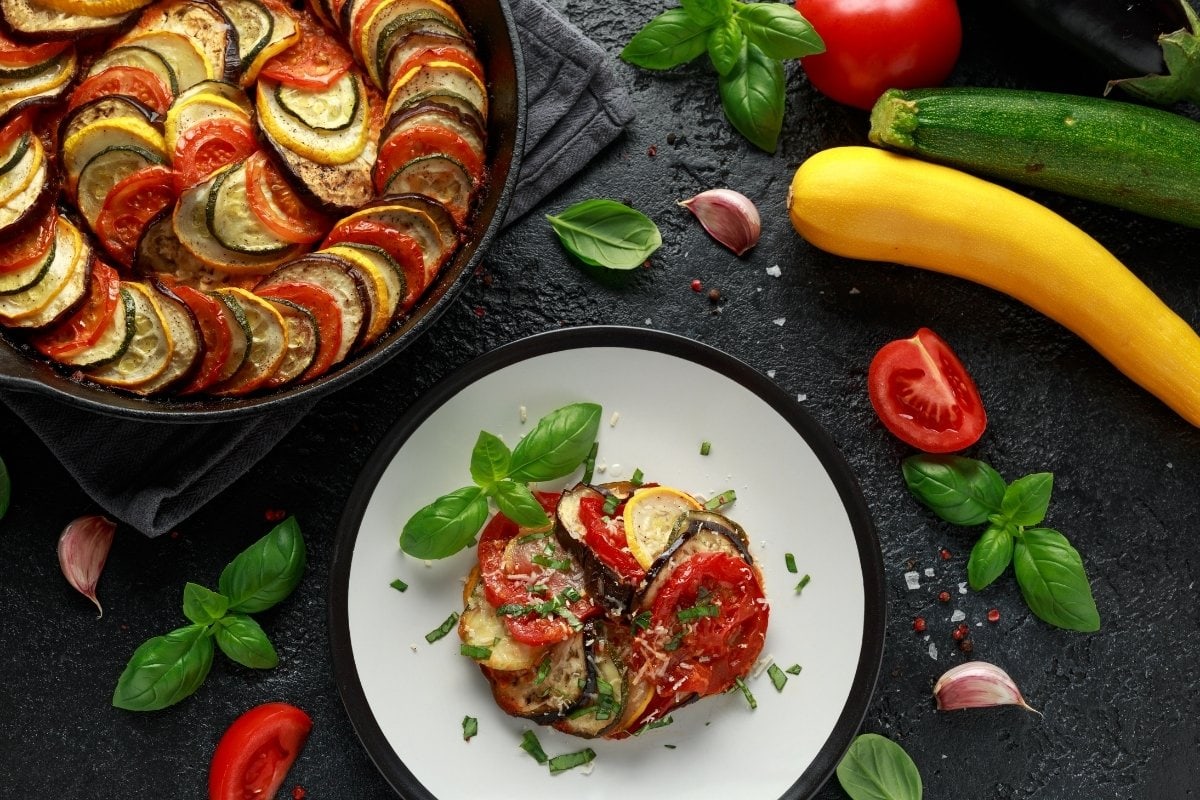
Ratatouille is a classic French vegetable stew. This hearty dish features seasonal vegetables such as tomatoes, zucchini, eggplant, bell peppers, and onions. Traditionally, the vegetables are sliced or diced and then simmered together with garlic, olive oil, and aromatic herbs like thyme, basil, and oregano until tender and fragrant.
Ratatouille can be enjoyed as a standalone meal, served hot or cold, or as a side dish accompanying meats, fish, or grains.
7. Red Cabbage
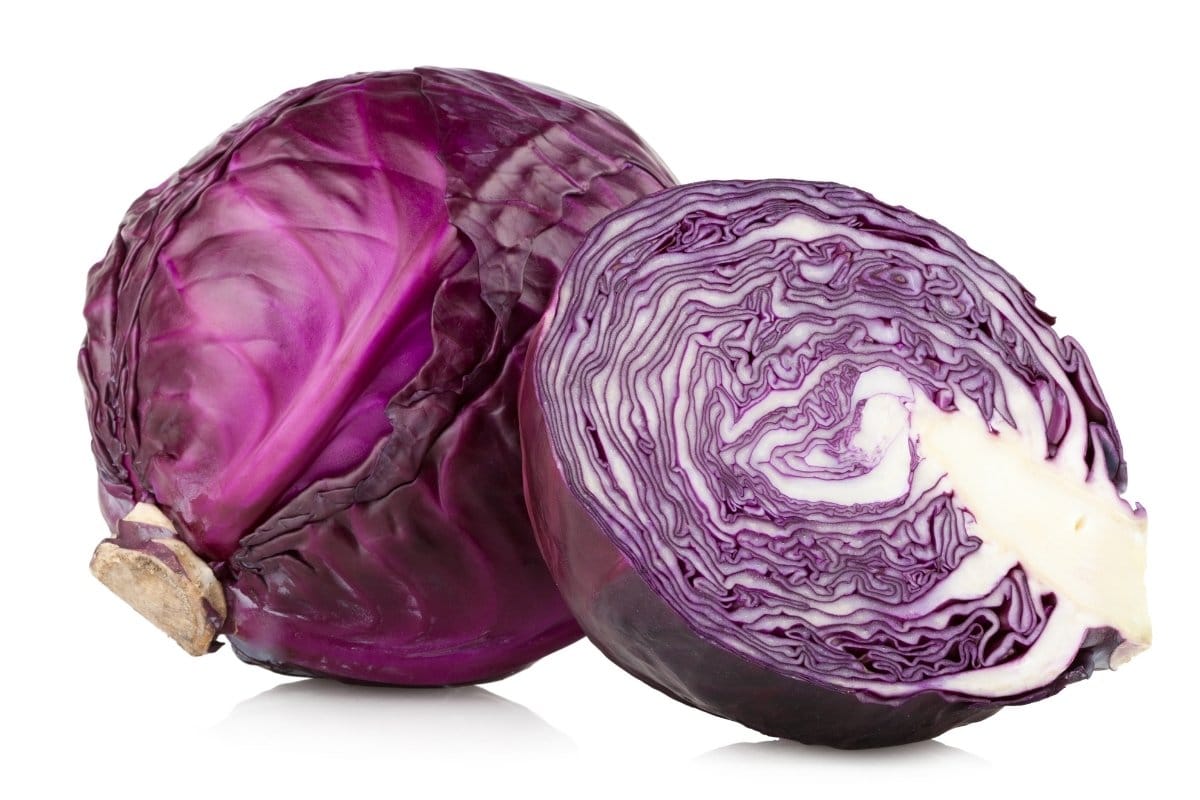
Red cabbage, also known as purple cabbage, is a versatile and nutritious vegetable. With its deep purple hue and crisp texture, red cabbage is not only visually appealing but also packed with vitamins, minerals, and antioxidants. This cruciferous vegetable is low in calories but high in fiber. Red cabbage can be enjoyed raw in salads, slaws, or wraps. It can also be cooked by sautéing, roasting, or braising, which brings out its natural sweetness.
8. Red Potatoes
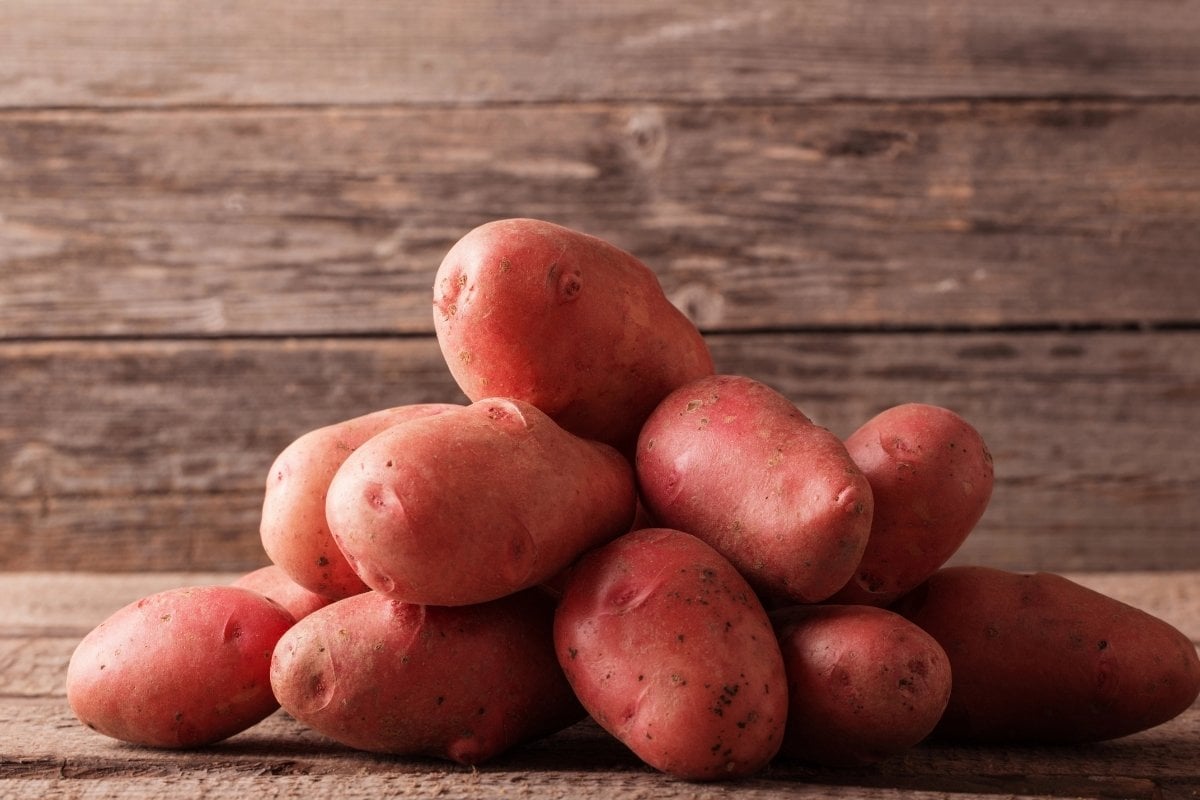
Red potatoes have vibrant red thin skin that is often left on for added color and texture in dishes. With a firm and waxy flesh, red potatoes hold their shape well when cooked. They are ideal for roasting, boiling, steaming, or mashing.
Red potatoes have a subtly sweet flavor and a slightly earthy undertone, which pairs well with a variety of herbs and seasonings. They can be roasted with garlic and herbs, mashed with butter and cream, or boiled and tossed in salads. Red potatoes add both flavor and visual appeal to many dishes.
9. Radicchio
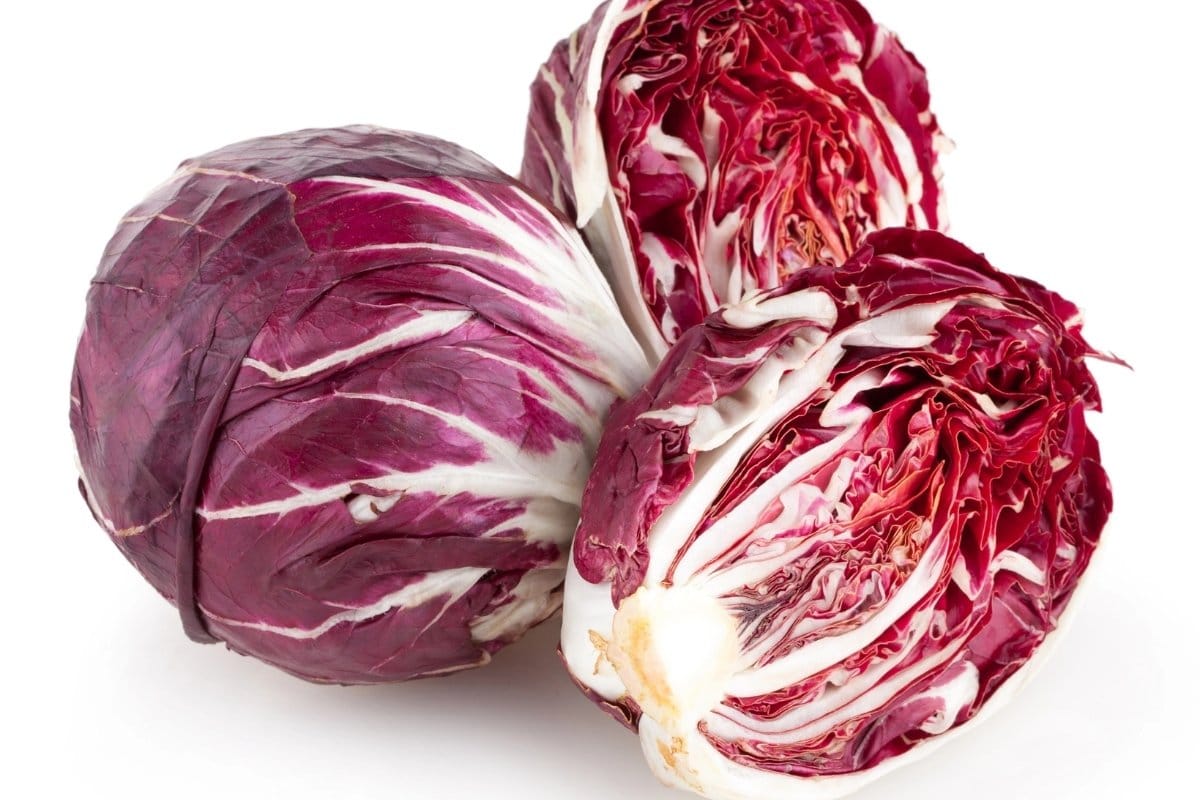
Radicchio is a unique and distinctive leafy vegetable. It features deep red or purple leaves and a crisp texture. This chicory variety adds both visual appeal and a delightful bitterness to dishes. Radicchio is often used in salads and it can also be grilled, roasted, or sautéed.
10. Red lentils
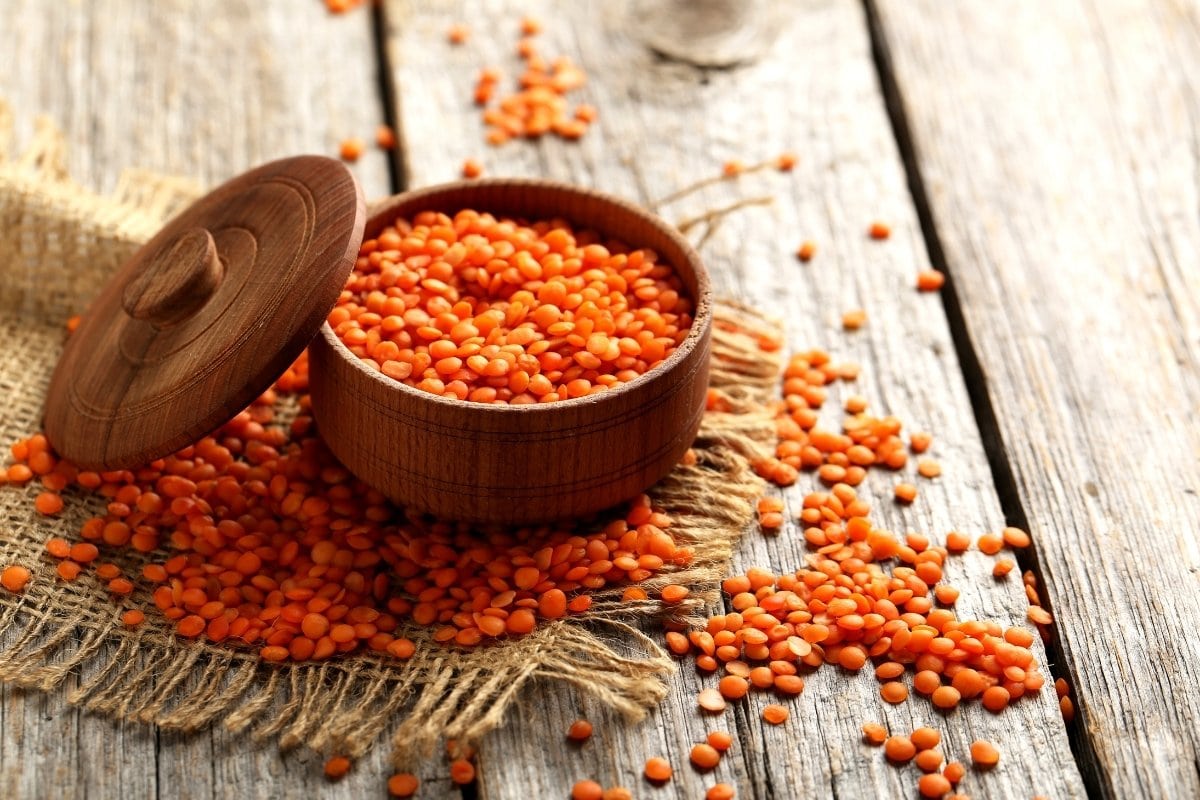
Unlike other lentil varieties, red lentils cook relatively quickly and tend to break down during cooking. This makes them perfect for soups, stews, curries, and dals, where they add body and thickness to dishes. Red lentils are rich in protein, fiber, and essential nutrients like iron. They are also low in fat and cholesterol-free, making them a heart-healthy option for vegetarians and meat-eaters alike.
11. Red Onions
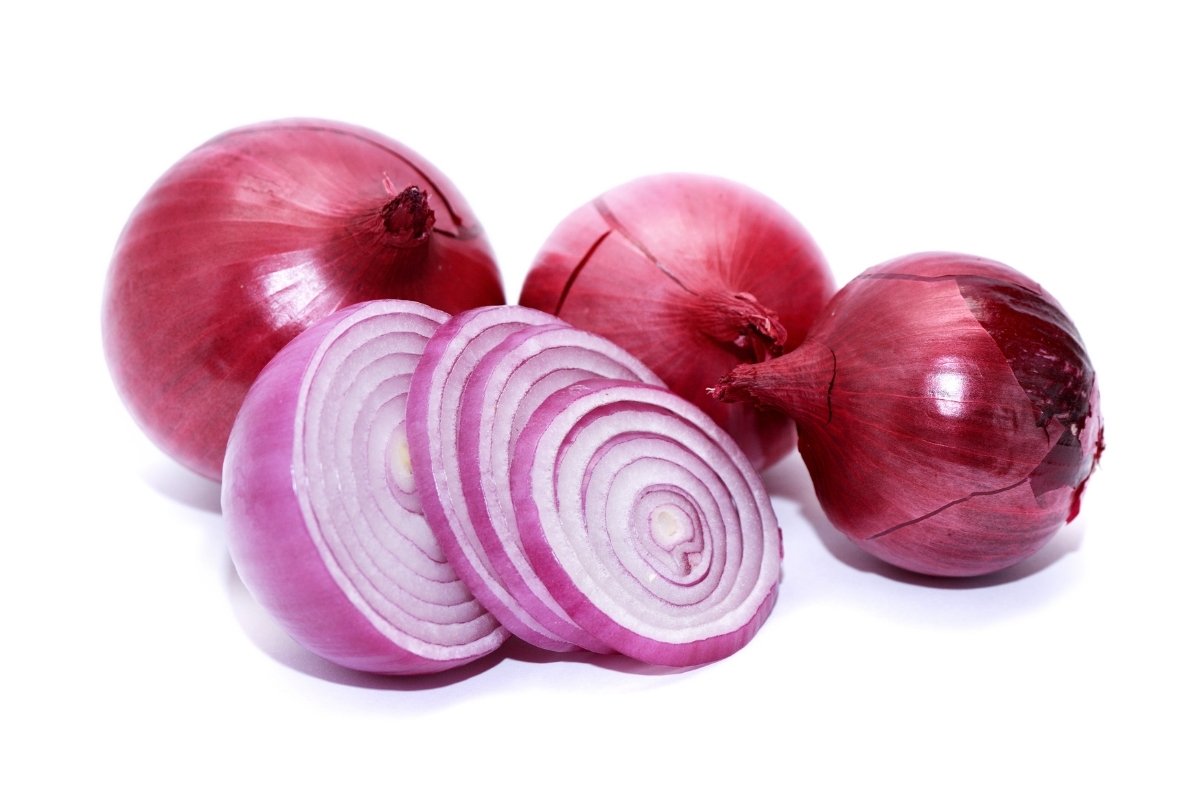
Red onions have a milder flavor compared to their yellow or white counterparts, making them perfect for raw preparations such as salads, salsas, and sandwiches. They can also be cooked, caramelized, or pickled. Additionally, red onions are packed with antioxidants and nutrients, including vitamin C and fiber, making them not only delicious but also nutritious.
12. Red Bell Peppers
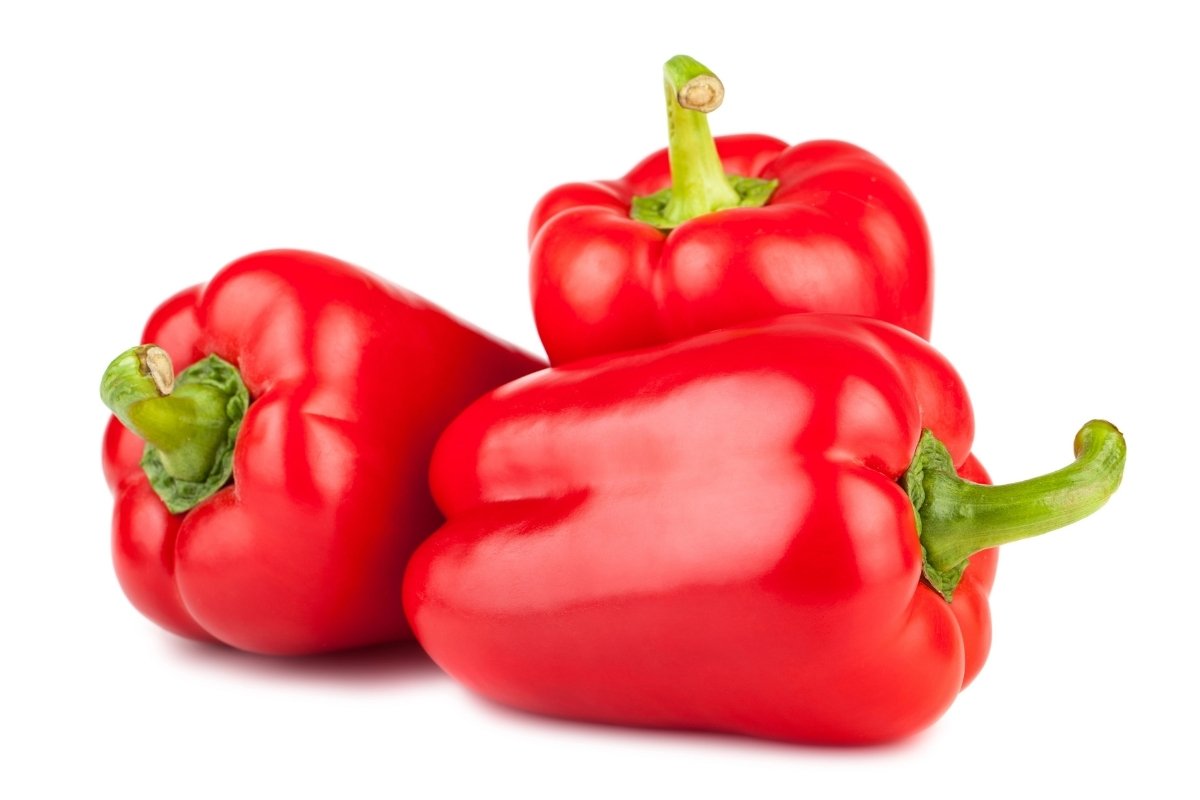
Red bell peppers are the ripe version of green bell peppers and are known for their vibrant color and sweet flavor. These peppers are a rich source of vitamins A and C, which contribute to healthy skin and a strong immune system. With their crunchy texture and refreshing sweetness, red bell peppers are delicious when raw, sliced into salads, or served with dips. When cooked, they develop a rich, caramelized flavor that adds depth to dishes like stir-fries, fajitas, and roasted vegetable combinations.
13. Ravioli
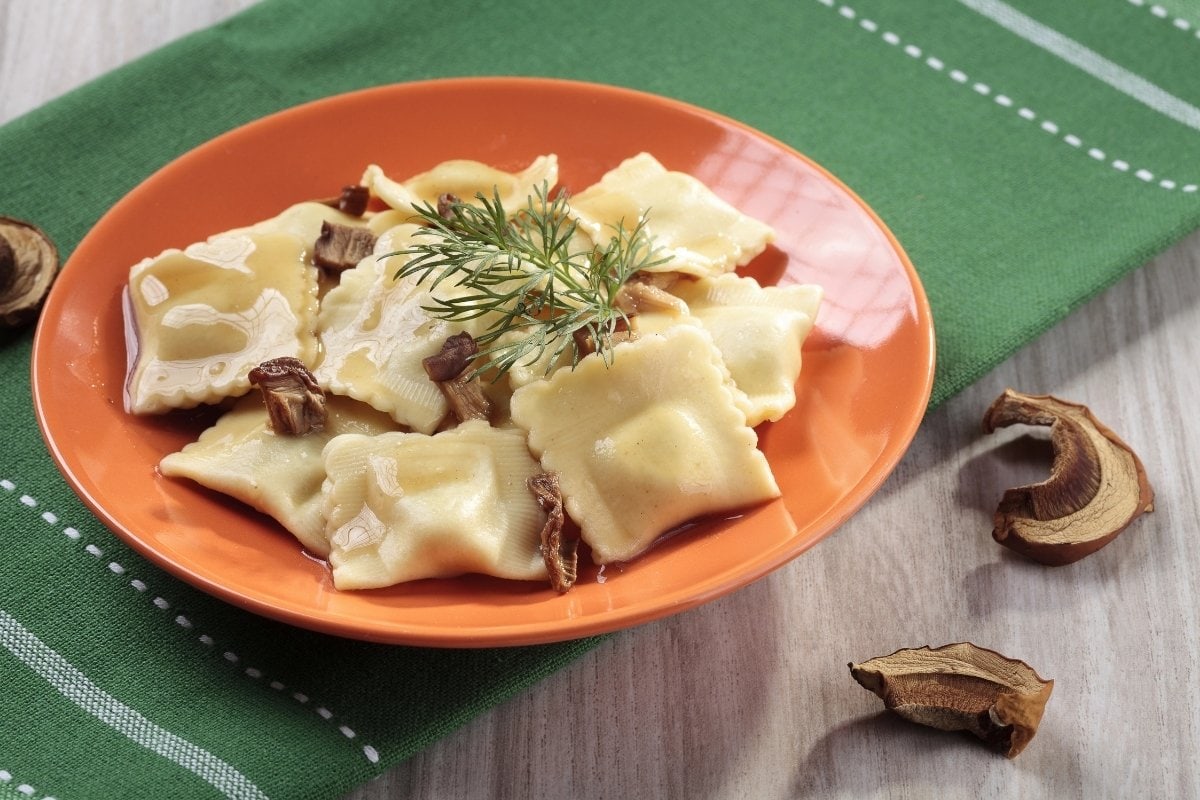
Ravioli is a beloved Italian pasta dish. These delicate pockets of pasta dough are traditionally filled with a variety of savory ingredients such as cheese, meat, vegetables, or herbs. Ravioli can be enjoyed in a variety of ways. They are boiled and served with a rich tomato sauce, baked with cheese and herbs, or lightly dressed with butter and sage.
14. Redcurrant
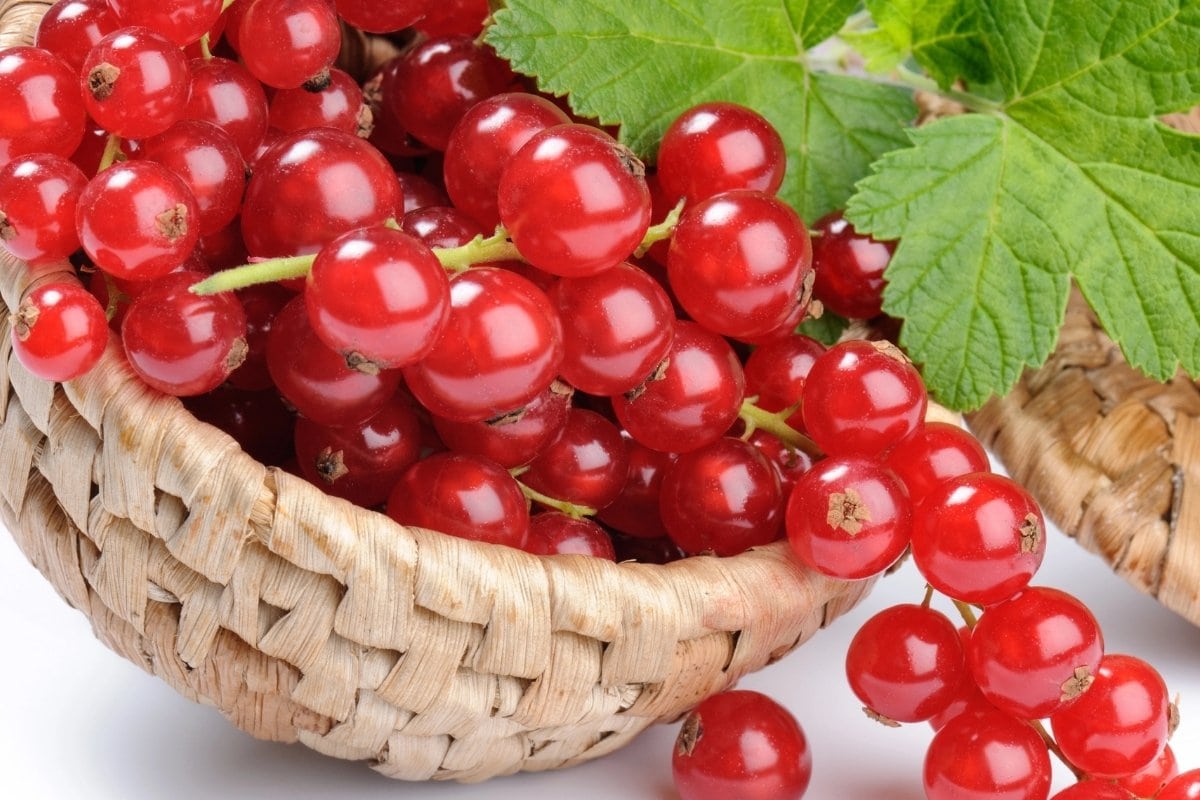
Redcurrants, scientifically known as Ribes rubrum, belong to the genus Ribes within the gooseberry family. These jewel-like fruits that are native to Western Europe have a tart and sweet flavor. They are vibrant red berries that grow in clusters on deciduous shrubs. Redcurrants add a pop of color and flavor to fruit salads, desserts like tarts and pies, and even savory dishes like sauces and marinades.
15. Relish
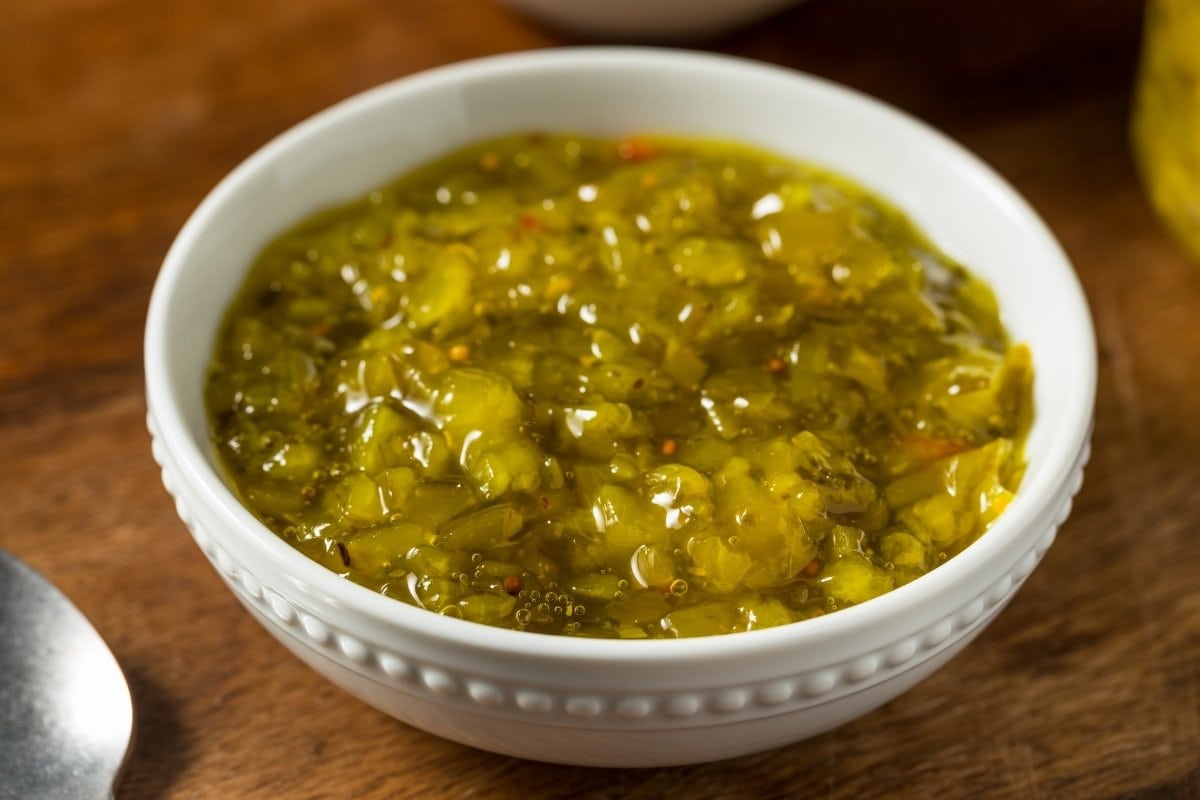
Relish is a versatile condiment enjoyed worldwide. It’s made from cooked and pickled chopped vegetables, fruits, or herbs. Popular examples are chutneys and North American relish varieties like pickle, dill, or sweet relishes. Some relishes, like chermoula, are entirely herb-based, showcasing the aromatic richness of various spices.
16. Rambutan
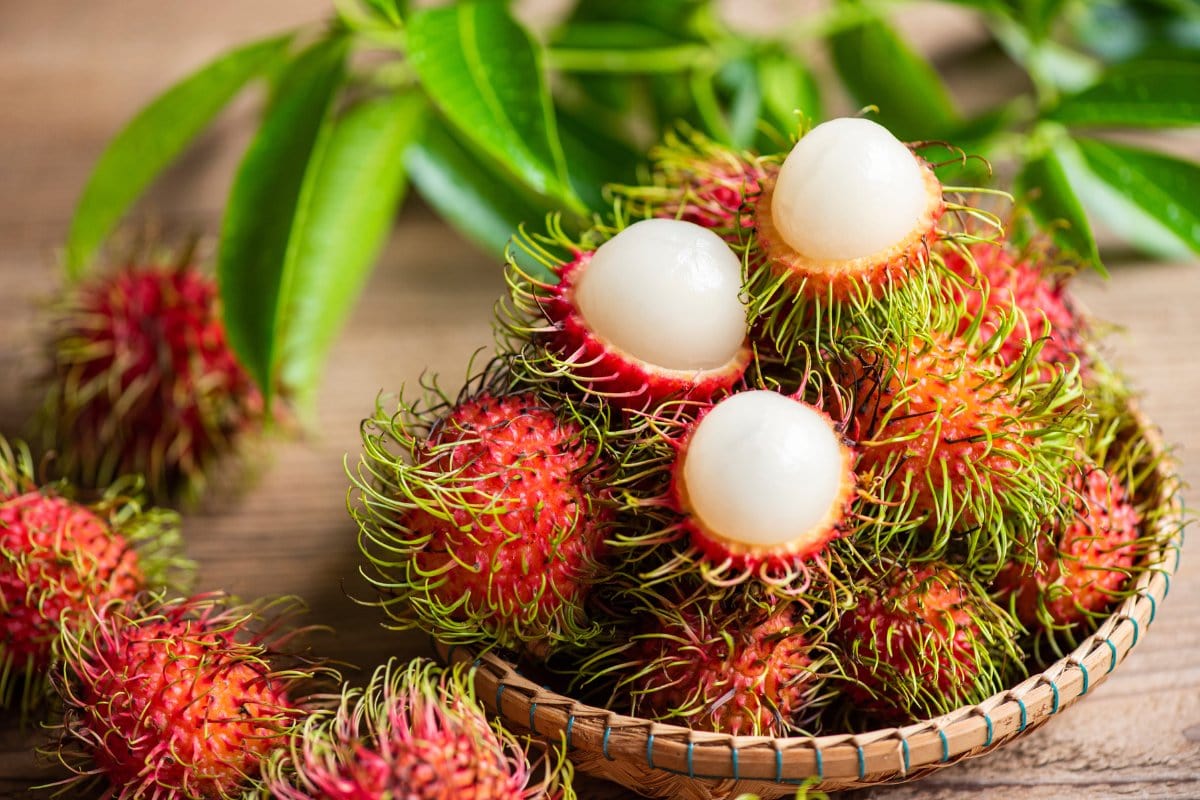
The rambutan is a tropical fruit native to Southeast Asia, known for its distinctive appearance characterized by a hairy red and green shell. It is part of the same family as lychee and longan and has a juicy and sweet taste with a slightly floral flavor when eaten fresh. The fruit is commonly consumed in a variety of culinary applications, ranging from fresh out-of-hand eating to adding the fruit in salads, curries, and desserts.
17. Rutabaga
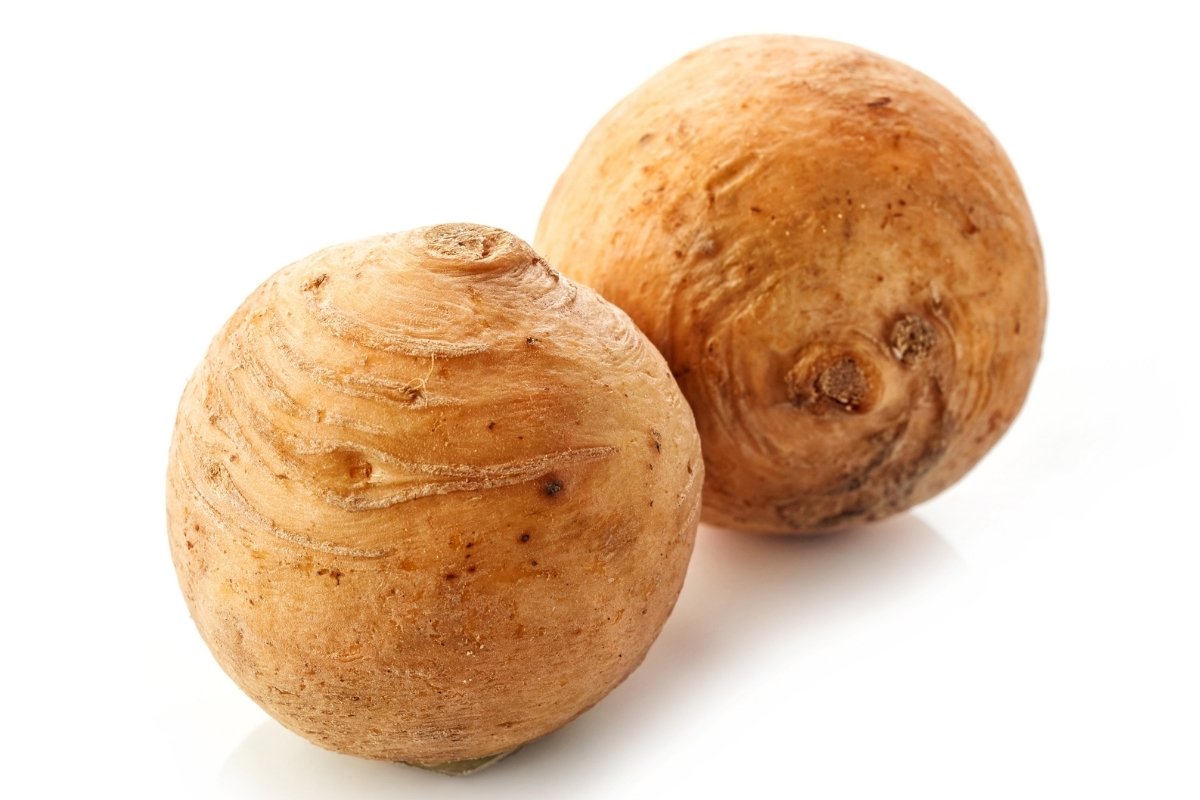
A rutabaga, also known as a swede or neep, is a root vegetable closely related to the turnip. These vegetables are typically large, with rough, pale yellow or purple skin and dense, creamy-yellow flesh. Rutabagas have a slightly sweet and nutty flavor with a hint of peppery spice. They are often used in soups, stews, and casseroles, where their earthy taste adds depth and richness to the dish. Rutabagas can also be mashed, roasted, or added to gratins.
18. Rum cake

A rum cake is a moist and decadent dessert made with rum-infused batter, typically soaked in rum syrup after baking. The unique characteristic of rum cake lies in its rich flavor, which is enhanced by the addition of rum. This alcoholic beverage adds depth and complexity to the cake, adding a warm and aromatic quality that sets rum cake apart from other desserts. The rum syrup not only keeps the cake moist but also infuses it with an irresistible boozy flavor.
19. Ribs
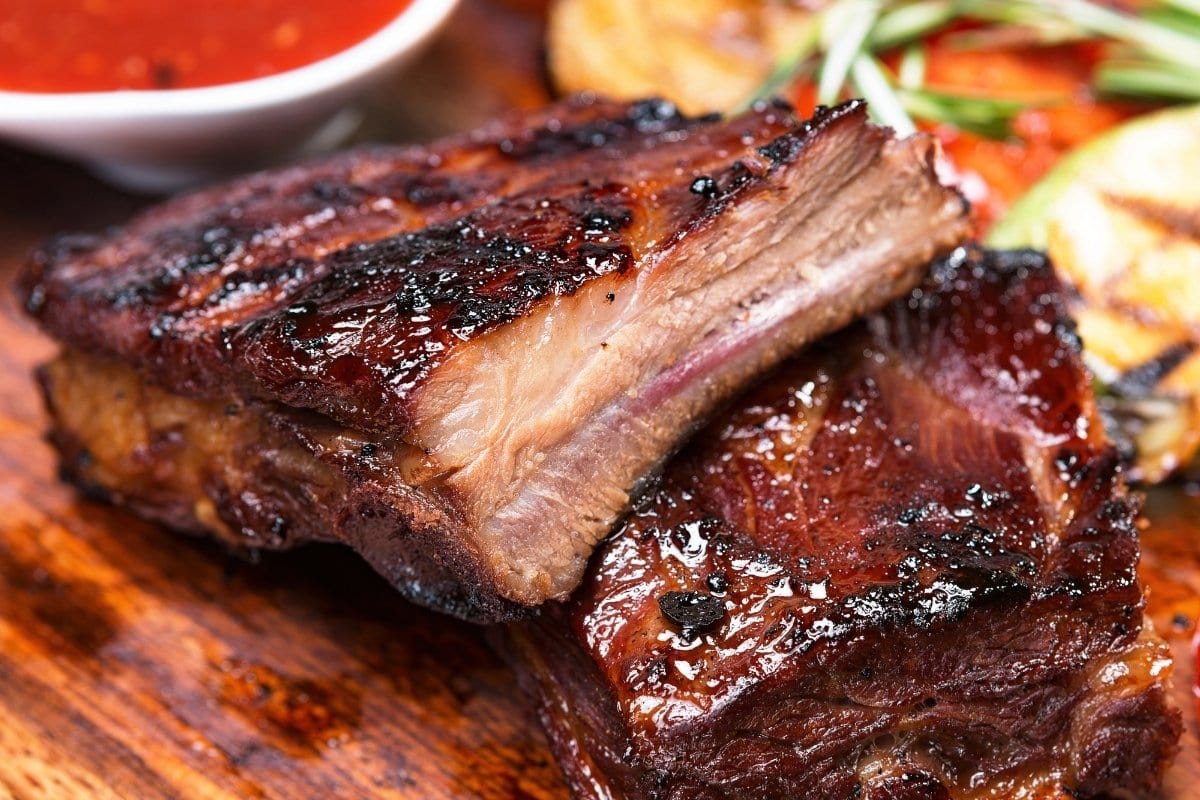
Ribs are cuts of meat taken from the ribcage of animals, typically pork or beef. These cuts are characterized by their combination of meat, fat, and connective tissue, which contribute to their succulence and juiciness when cooked. Ribs are often distinguished by their different types, such as baby back ribs, spare ribs, or St. Louis-style ribs. They are commonly used in barbecue and grilling recipes, where they can be slow-cooked over low heat, resulting in tender meat that falls off the bone. Additionally, ribs can be braised, roasted, or smoked.
20. Rice
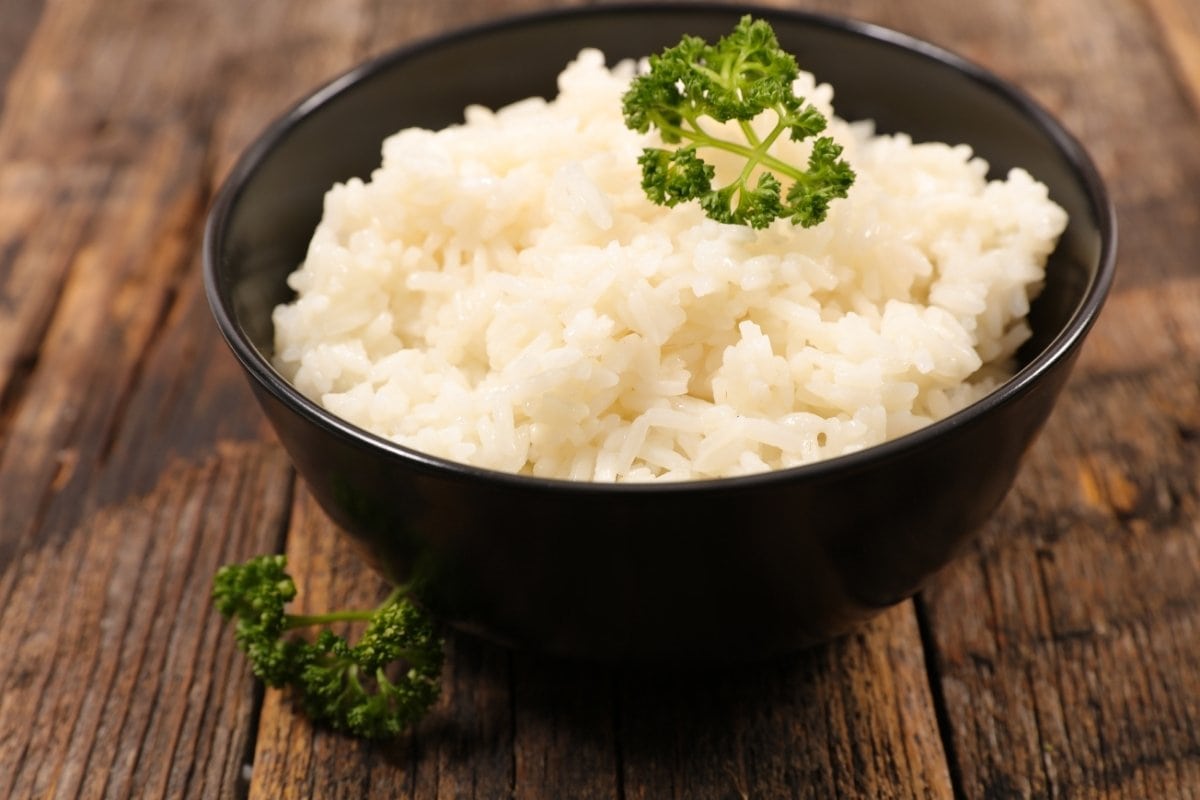
Rice is a staple food grain that is cultivated and consumed worldwide. This cereal grain is characterized by its small, elongated grains, which can vary in color, texture, and flavor depending on the variety. Rice can be cooked in numerous ways, from steaming and boiling to frying and baking. It serves as the foundation for many iconic dishes, such as sushi, paella, biryani, and risotto. Additionally, rice can be used as a side dish, added to soups and stews, or made into desserts like rice pudding.
21. Rice Krispies
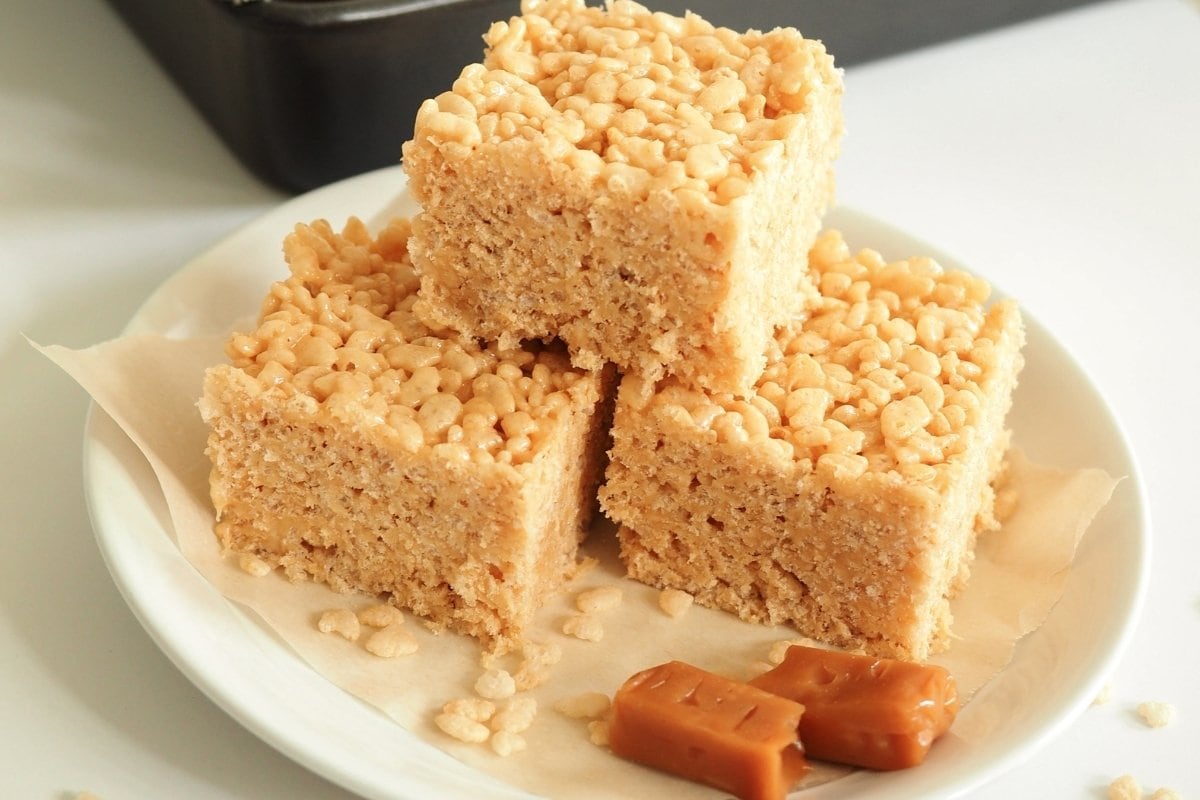
Rice Krispies are a type of breakfast cereal made from crisped rice grains. This treat is known for its crispy texture and light, airy taste. Rice Krispies are iconic for their distinctive snap, crackle, and pop sounds when combined with milk. They are often used as a breakfast cereal, served with cold milk to create a quick and satisfying morning meal. Additionally, Rice Krispies are a key ingredient in various dessert recipes, such as Rice Krispies treats, where they are mixed with melted marshmallows and butter to create chewy, gooey bars.
22. Ricotta Cheese
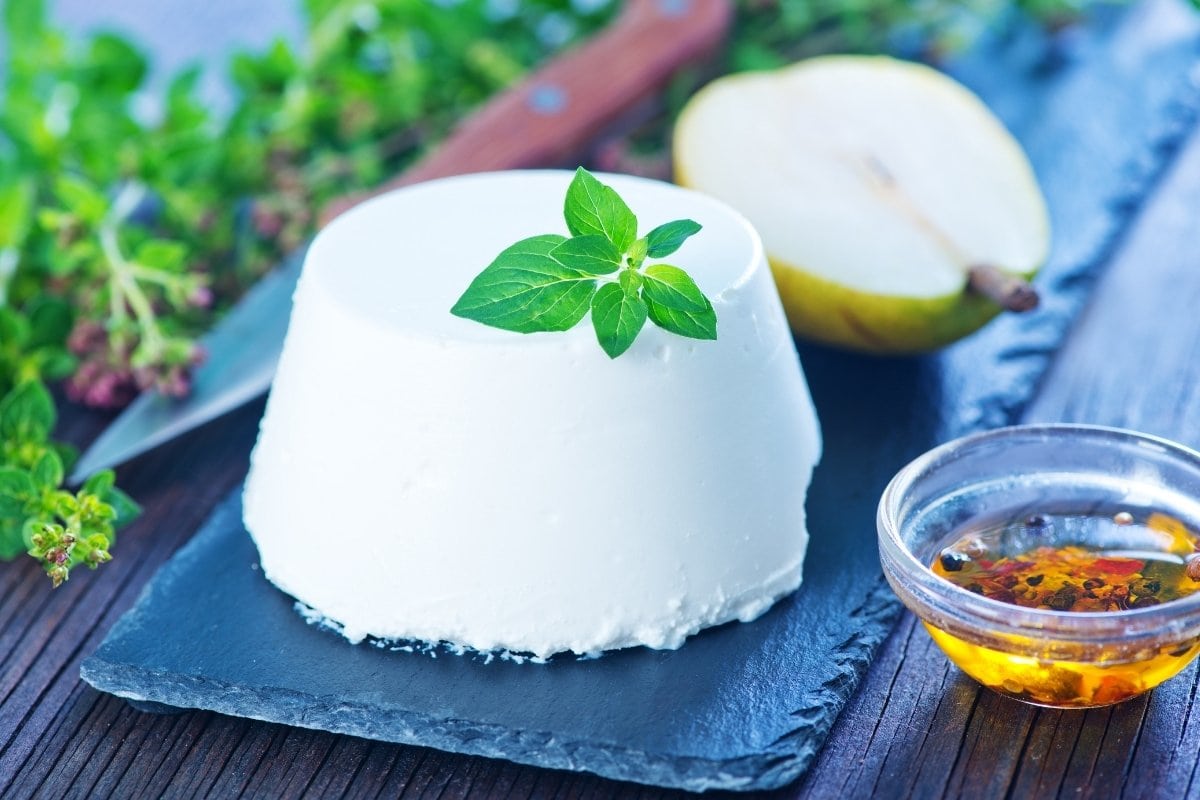
Ricotta cheese is a creamy, soft cheese with a mild flavor and a slightly grainy texture. It’s traditionally made from the whey leftover from the production of other cheeses. Ricotta offers a delicate consistency and subtle sweetness. This type of cheese is often used in Italian cuisine, where it is a key component of dishes such as lasagna, cannoli, and stuffed pasta like ravioli and manicotti. Its creamy texture also makes it a popular choice for spreading on bread or crackers.
23. Romaine Lettuce

Romaine lettuce is a type of leafy green vegetable characterized by its long, sturdy leaves and crisp texture. It has an elongated shape, which forms a tight, compact head with slightly ruffled edges. Romaine lettuce has a slightly bitter flavor compared to other lettuce varieties. It is commonly used as a base for salads or grilled, roasted, or used as wraps for sandwiches and burgers.
24. Rosemary
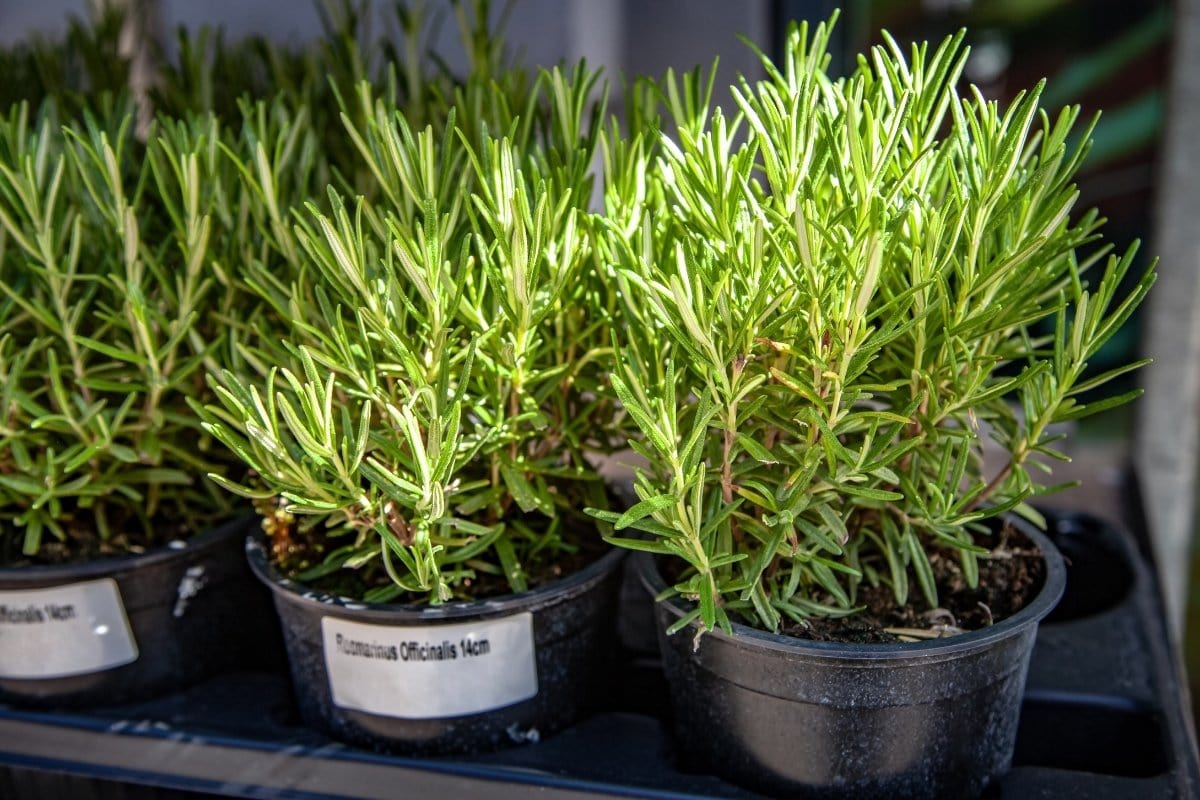
Rosemary is a fragrant and aromatic herb that belongs to the mint family, known for its needle-like leaves and strong, pine-like scent. It had woody stems and narrow, evergreen leaves, which are densely packed with essential oils. Rosemary is commonly used as a culinary herb in roasted meats, syrups, vegetables, salts, soups, and stews. It also pairs well with poultry, fish, and potatoes. In addition to its culinary uses, dried rosemary is also prized for its medicinal properties and is used in herbal remedies, aromatherapy, and skin care products.
25. Roquefort Cheese
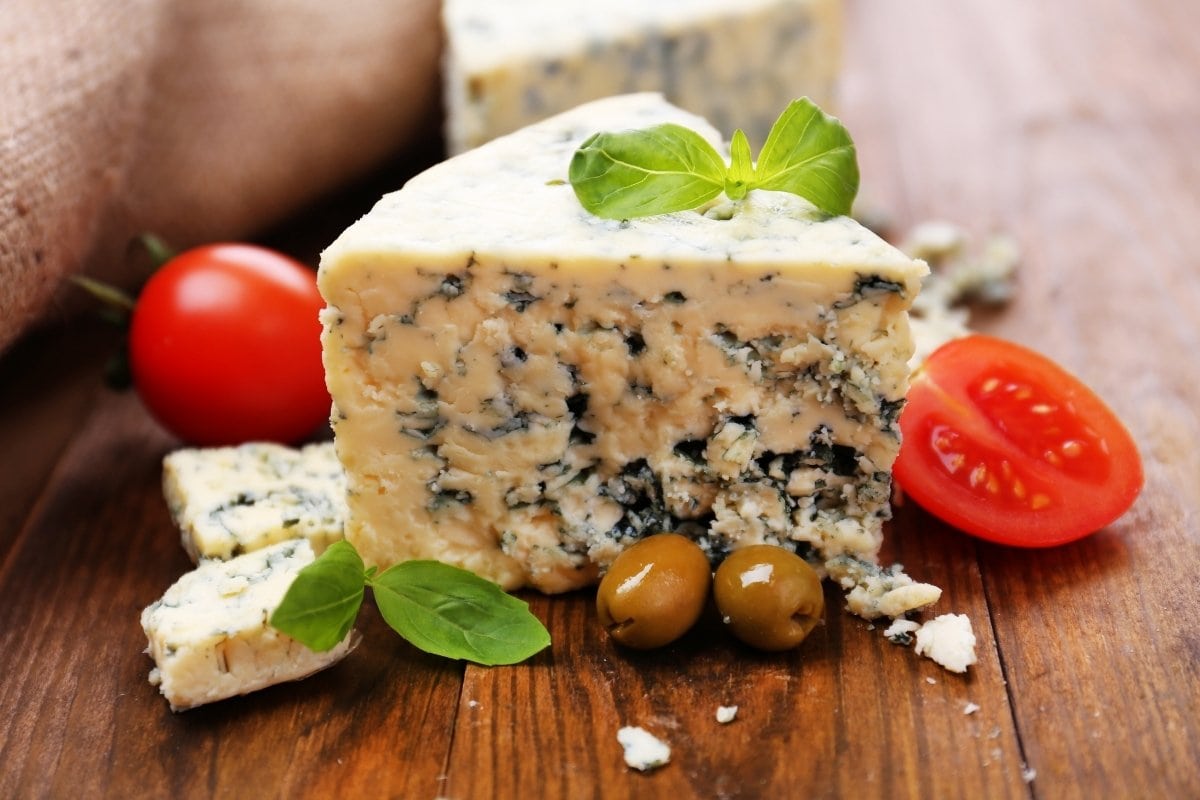
Roquefort cheese is a type of blue cheese made from sheep’s milk and aged in natural caves, originating from the region of Roquefort-sur-Soulzon in France. It has a creamy texture with distinctive blue-green veins of mold and a tangy intense flavor with hints of earthiness and spice. Roquefort cheese is known for its strong aroma and complex taste profile, which develops during the aging process. It is commonly used as a gourmet cheese or added to salads, sauces, and dressings.
26. Rollmops
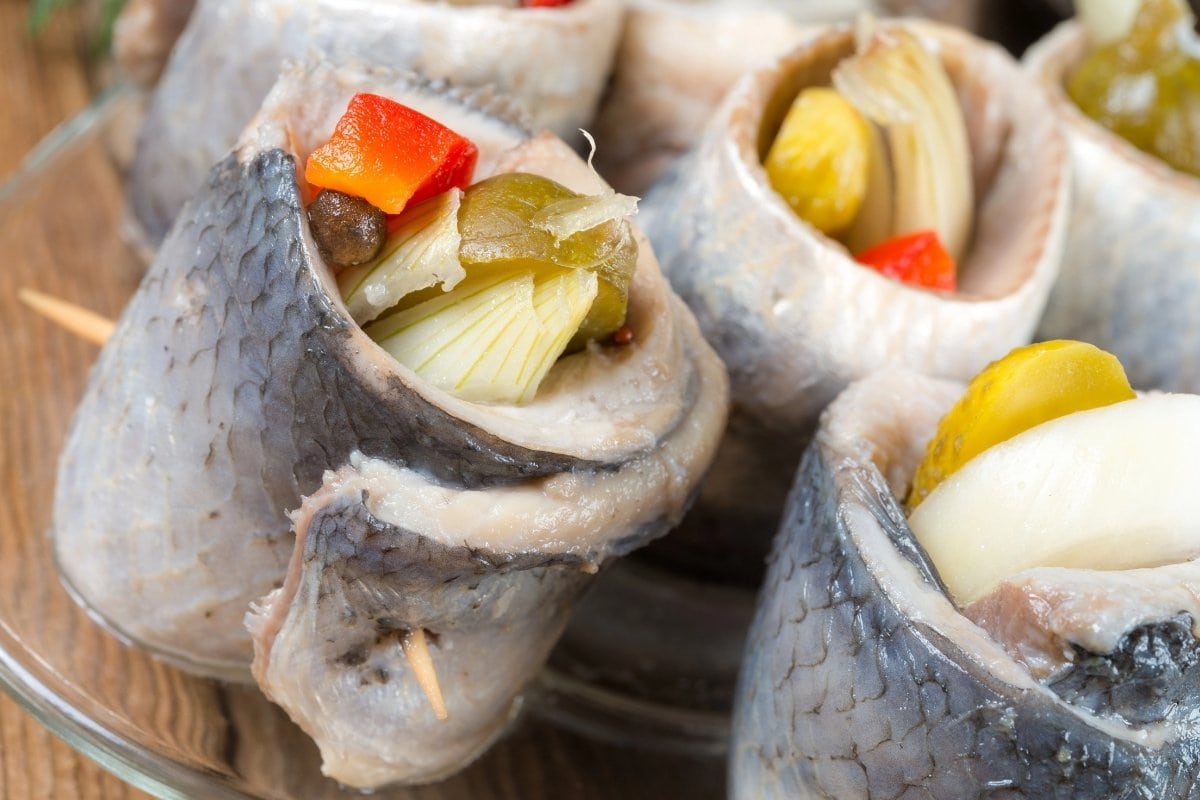
Rollmops are a type of pickled herring fillets that are rolled around a savory filling, typically consisting of onions, pickles, and sometimes mustard or spices. The term “rollmops” is derived from the German word “rollen,” which means “to roll,” and “mops,” which refers to a type of small dog. The name likely originated from the way the herring fillets are rolled around the filling, resembling the shape of a rolled-up mop or possibly the shape of a small dog. They are commonly served as a traditional appetizer or snack in Northern European countries such as Germany, Sweden, and the Netherlands.
27. Rocket (Arugula)
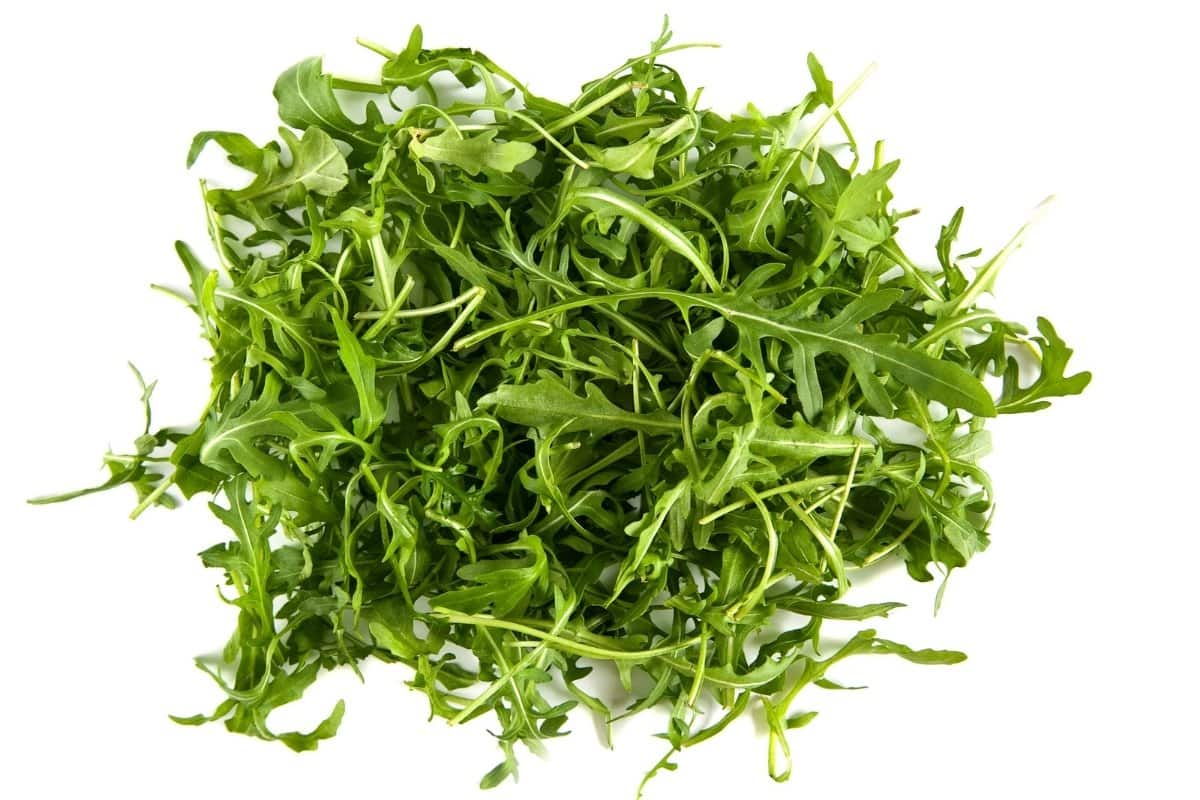
Rocket, also known as arugula in some regions, is a leafy green vegetable with a distinct peppery flavor and tender texture. Arugula leaves have a bold and slightly spicy taste. They are commonly used as a salad green, either on their own or mixed with other lettuces and vegetables. Additionally, arugula can be used as a topping for pizzas, added to pasta dishes, or incorporated into wraps, smoothies, and sandwiches to enhance their flavor and nutritional value.
28. Roast beef
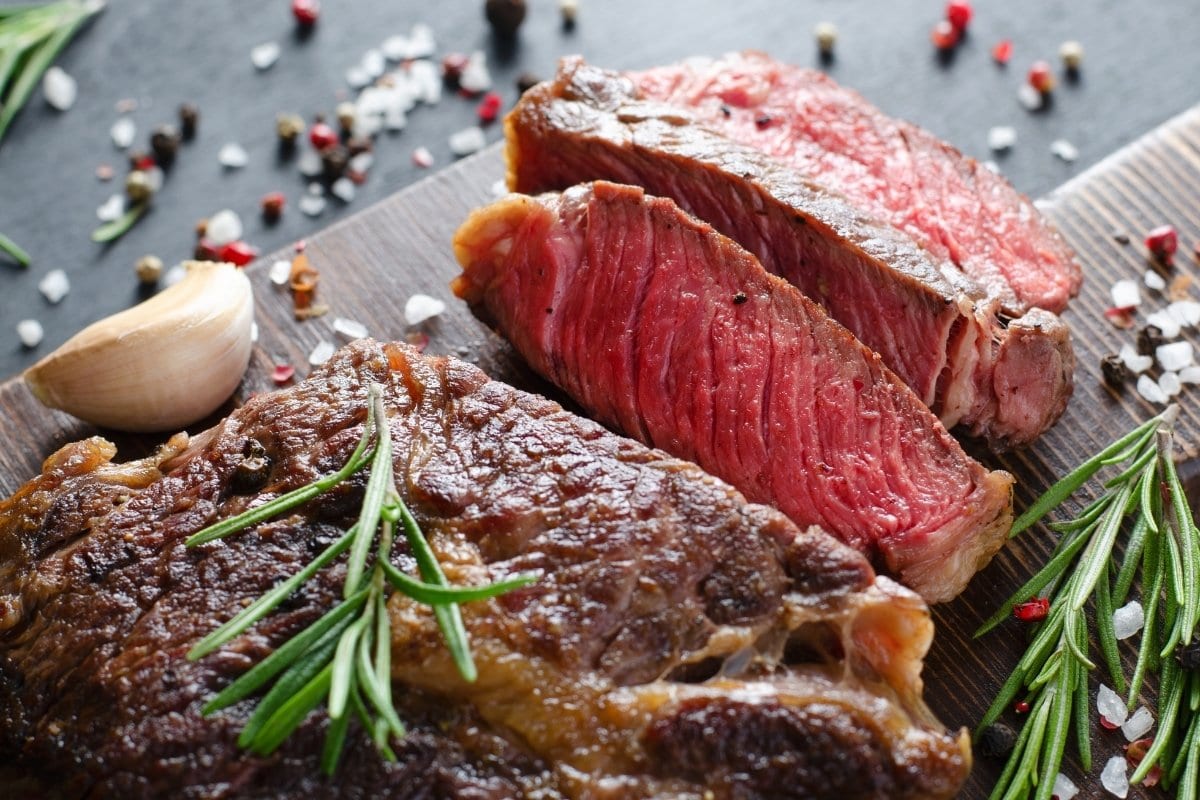
Roast beef is a classic dish made from beef that has been cooked by roasting it in an oven or over an open flame. This dish is commonly used as the main protein in meals, often served as a centerpiece for holiday dinners, Sunday roasts, or special occasions. It can be sliced thinly and served hot with gravy, roasted vegetables, and mashed potatoes. Roast beef can be chilled and sliced thinly for use in sandwiches, wraps, salads, or as a filling for tacos and burritos.
29. Roast chicken
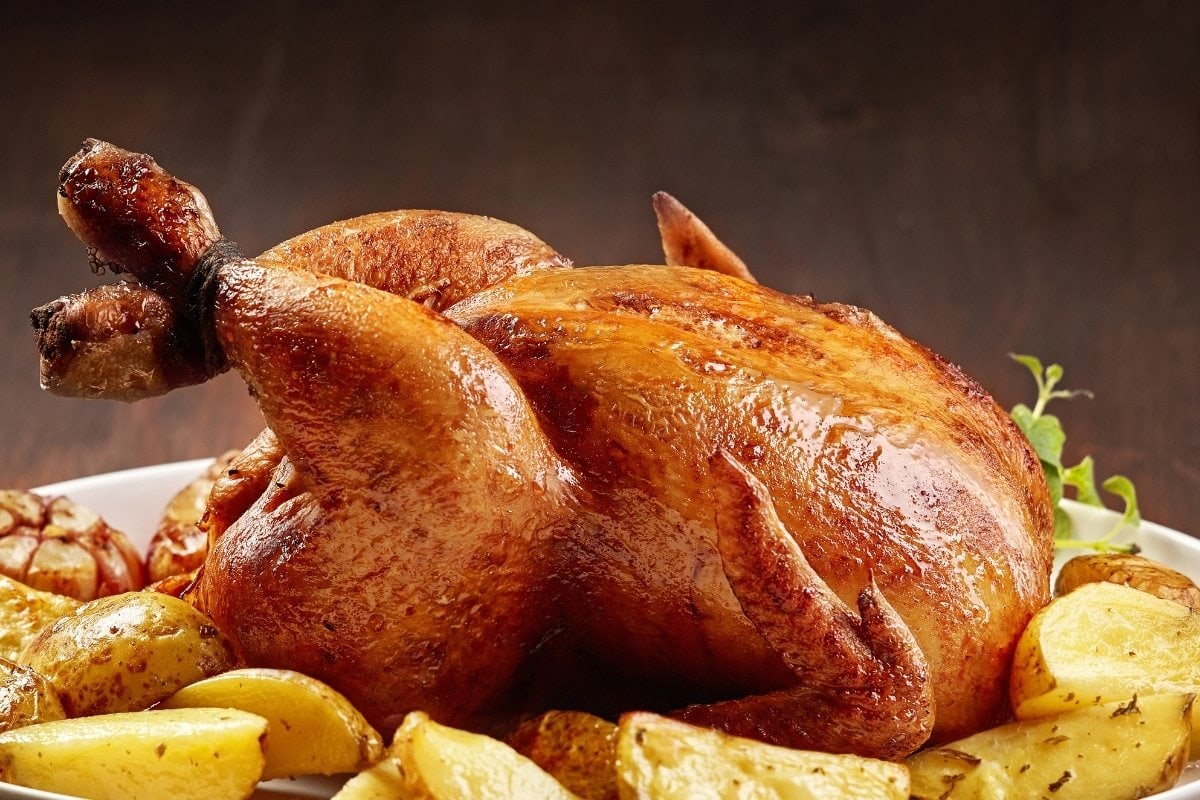
Roast chicken is chicken cooked by roasting over a fire, or using a rotisserie. It’s usually cooked with its own fat and juices, often on a rotating grill to ensure even cooking and efficient circulation of flavors.
30. Roast Duck
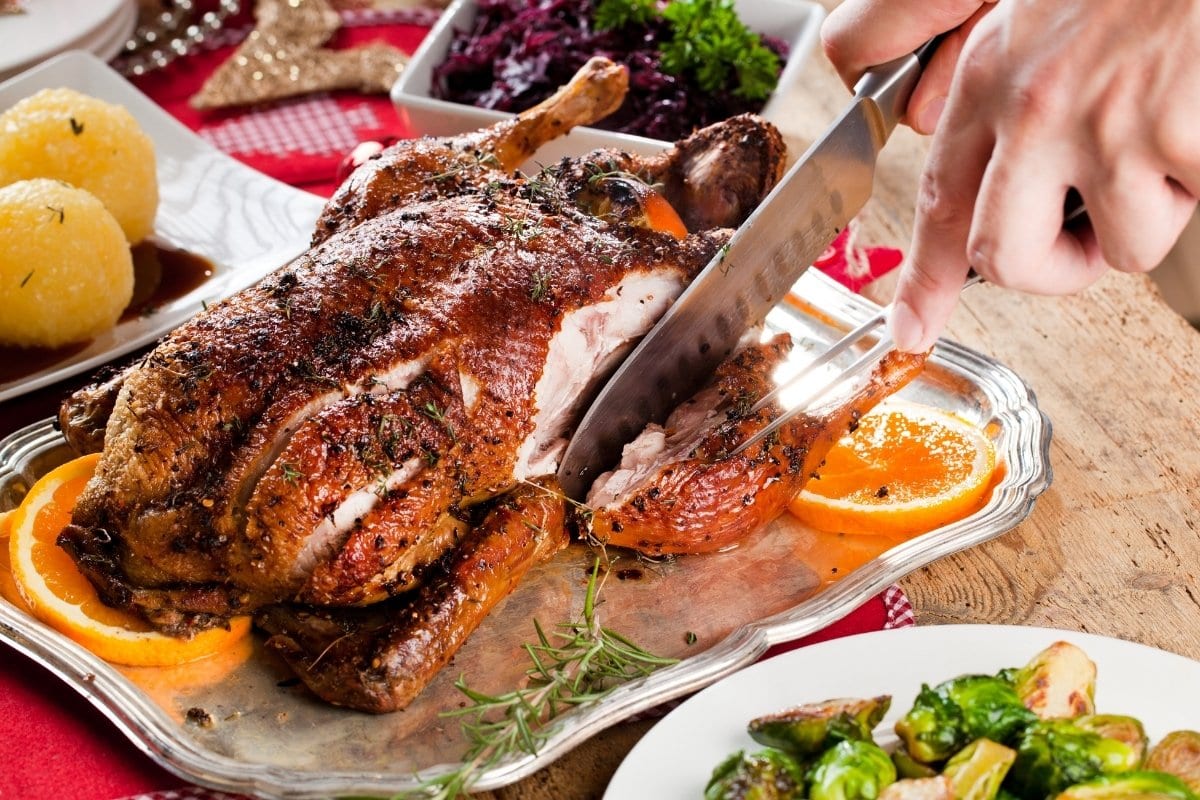
Roast duck is a dish prepared by roasting duck until the meat is tender and the skin is crisp. It has a unique flavor, distinct from other roasted meats, owing to its higher fat content. The fat renders during cooking, enhancing the taste and texture of the meat. Roast duck is commonly served with fruity sauces like orange or plum and is often enjoyed on special occasions.
31. Roast Pork
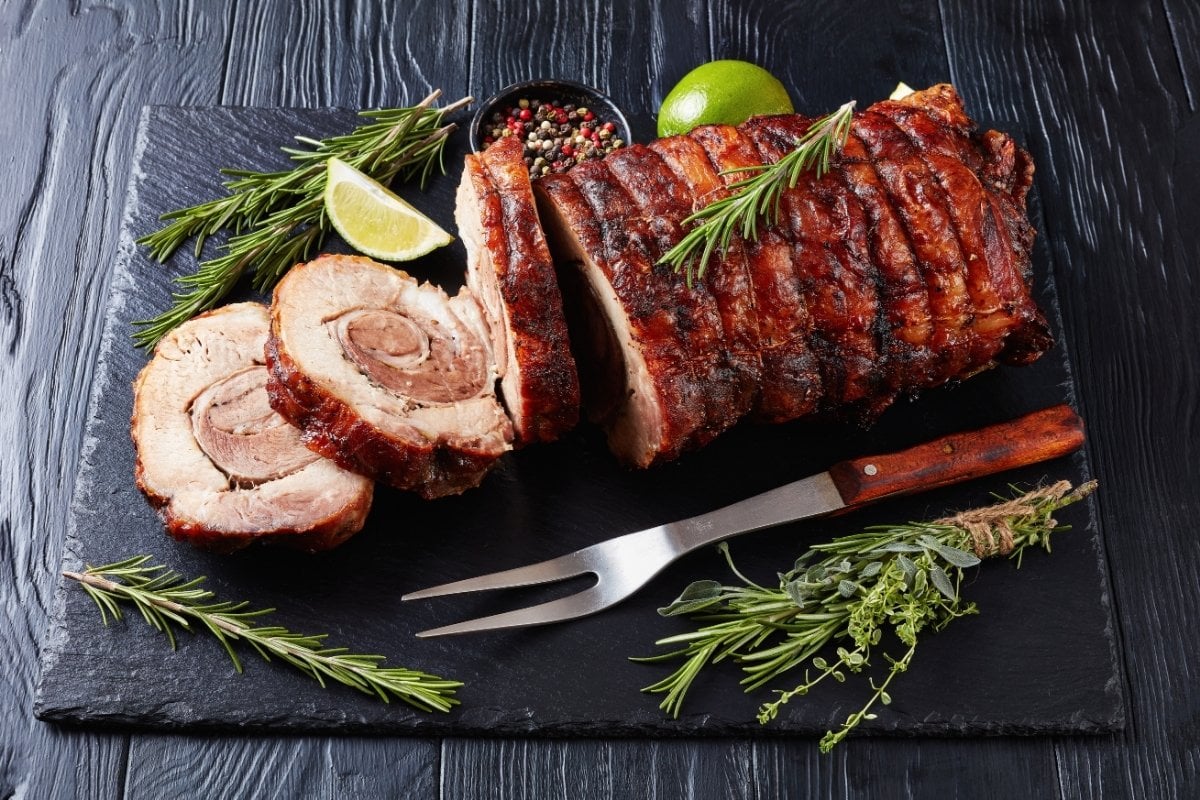
Roast pork is pork cooked slowly until it’s tender with a crispy outer layer. Its taste comes from the juices and fats that develop during cooking. It’s often the main dish at gatherings and goes well with sides like roasted vegetables or mashed potatoes. Leftover roast pork can be used in sandwiches, soups, or stir-fries.
32. Roast Turkey
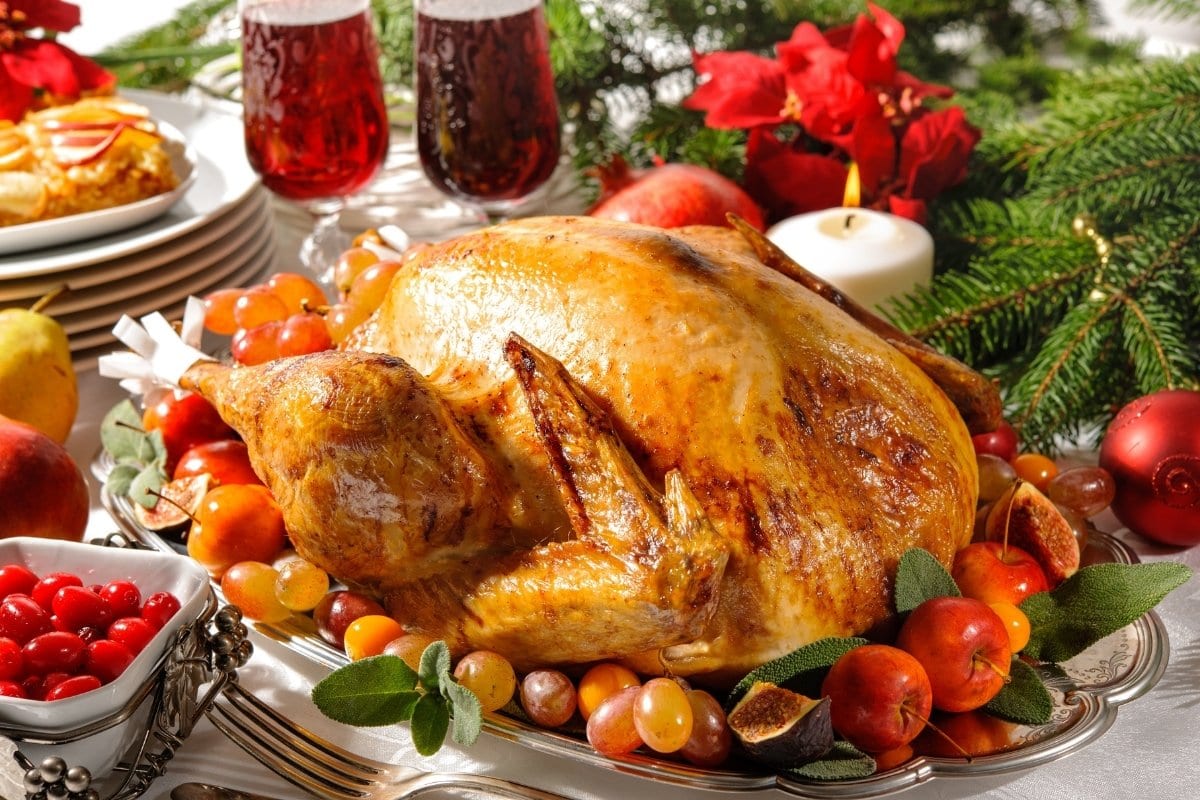
The cooking process of roast turkey typically involves seasoning the duck and roasting it in an oven, which can be done simply with a spice rub or by basting it with butter to enhance its tenderness and juiciness. Achieving the perfect balance between crispy skin and fully cooked, moist meat is a key goal, and techniques can vary from slow roasting to specific water bath methods that help render the fat for a crisp finish.
33. Rockmelon (Cantaloupe)
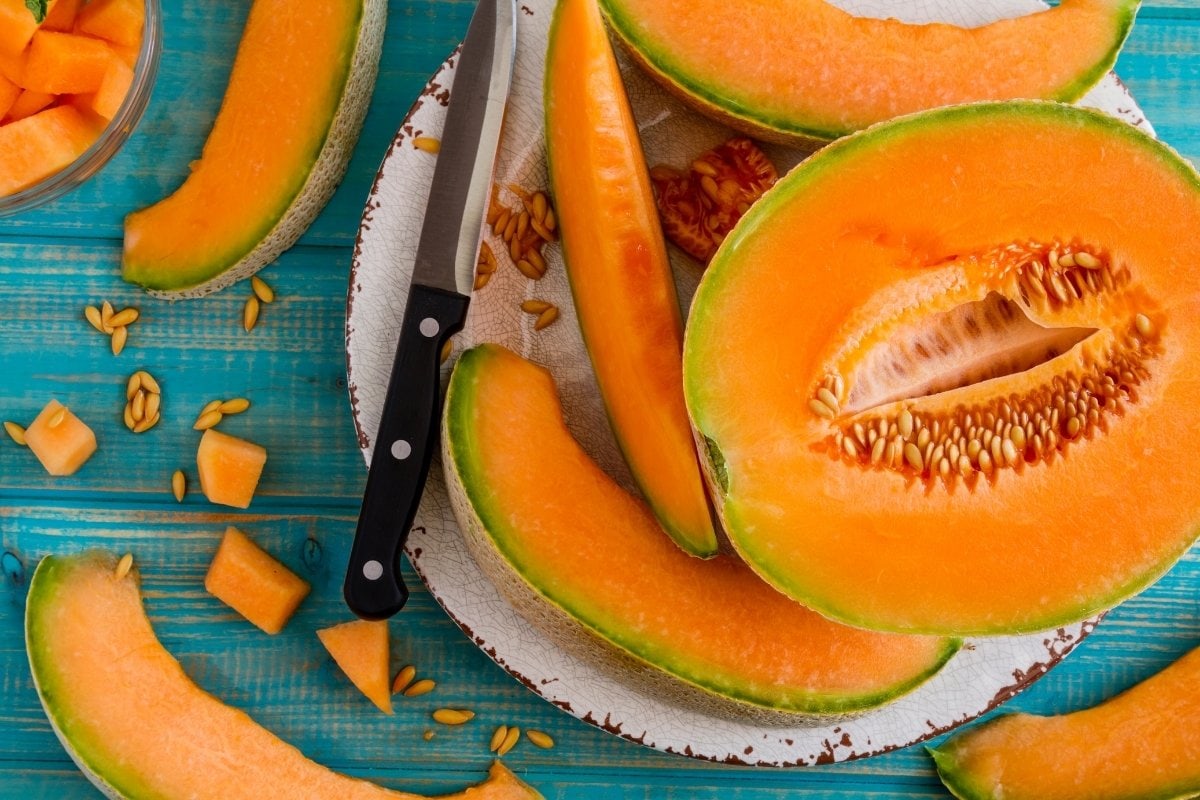
Rockmelon, also known as cantaloupe, is a sweet, juicy fruit with a netted rind and soft, orange flesh. This fruit is popular in salads, desserts, and as a fresh snack. This melon is not only delicious but also packed with nutrients; a one-cup serving provides 60 calories, 1.5 grams of protein, 14.4 grams of carbohydrates, and 0.3 grams of fat, making it an excellent choice for a health-conscious diet.
34. Rocky Road

Rocky road is a dessert that typically combines chocolate, marshmallows, and nuts. The dessert has a storied history, with its origins dating back to Australia in 1853, where it was created as a way to sell confectionery spoiled by the long journey from Europe. Rocky road can refer to both a type of candy and a flavor of ice cream, and it is celebrated for its contrasting textures—smooth chocolate, fluffy marshmallows, and crunchy nuts. The name itself is said to have been inspired by the rocky path that the confectioners had to travel to sell their sweets.
35. Root Beer

Root beer is a sweet, carbonated beverage traditionally made from roots, bark, herbs, and berries. Its unique flavor primarily comes from sassafras root or sarsaparilla root, which gives it a distinct, earthy taste, often enhanced with notes of vanilla, wintergreen, and licorice.
Originally, root beer was brewed as a small-scale herbal medicine, but it gained popularity as a commercial soft drink, particularly with the introduction of Hires Root Beer at the 1876 Philadelphia Centennial Exhibition. Modern root beers are typically non-alcoholic and can be enjoyed alone or used as the base for floats when paired with vanilla ice cream.
36. Rose Apples
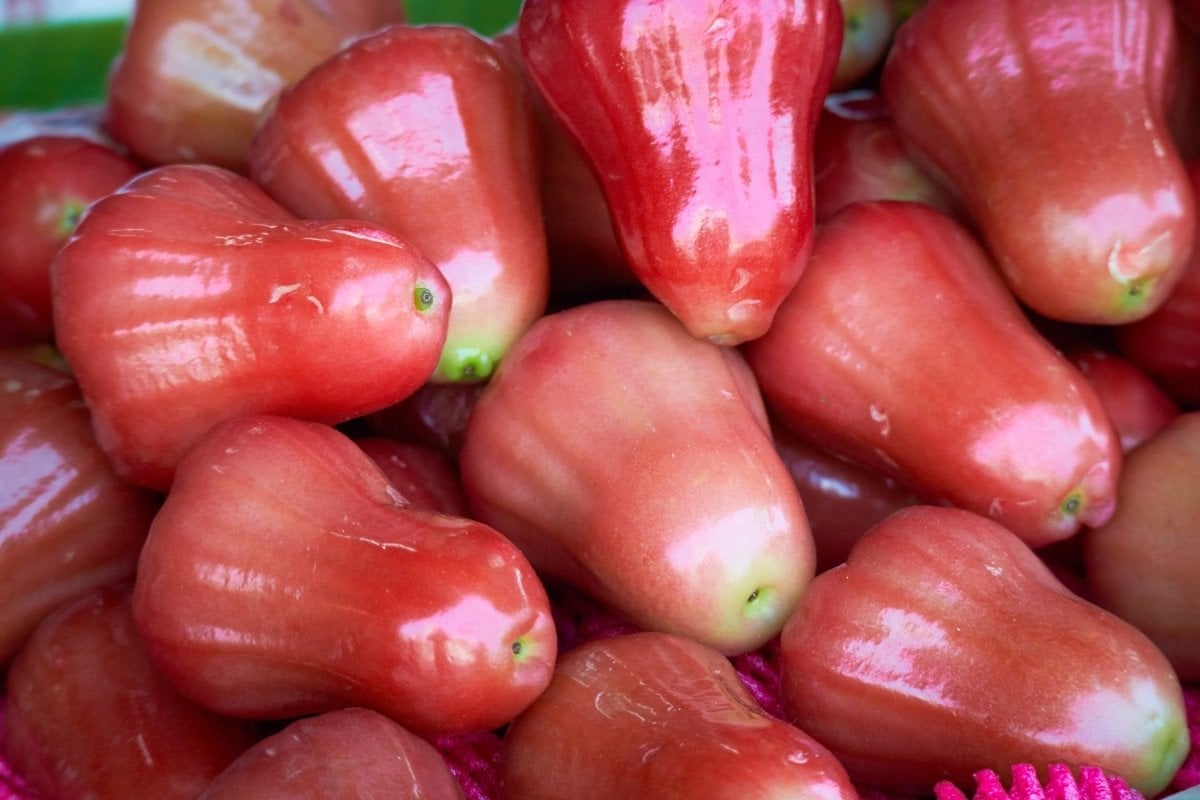
Rose apples are small tropical fruits with a light rosy flavor, often round to oval in shape and bearing a resemblance to guavas or pears in texture and taste. These fruits are not related to traditional apples; instead, they belong to the genus Syzygium, and their scientific name is Syzygium jambos. They are known for their fragrant aroma and delicate sweetness, which is sometimes described as having a hint of mint. Native to Southeast Asia, rose apples are also cultivated in many other tropical regions and are valued for both their ornamental and fruit-bearing qualities.
37. Rosé Wine
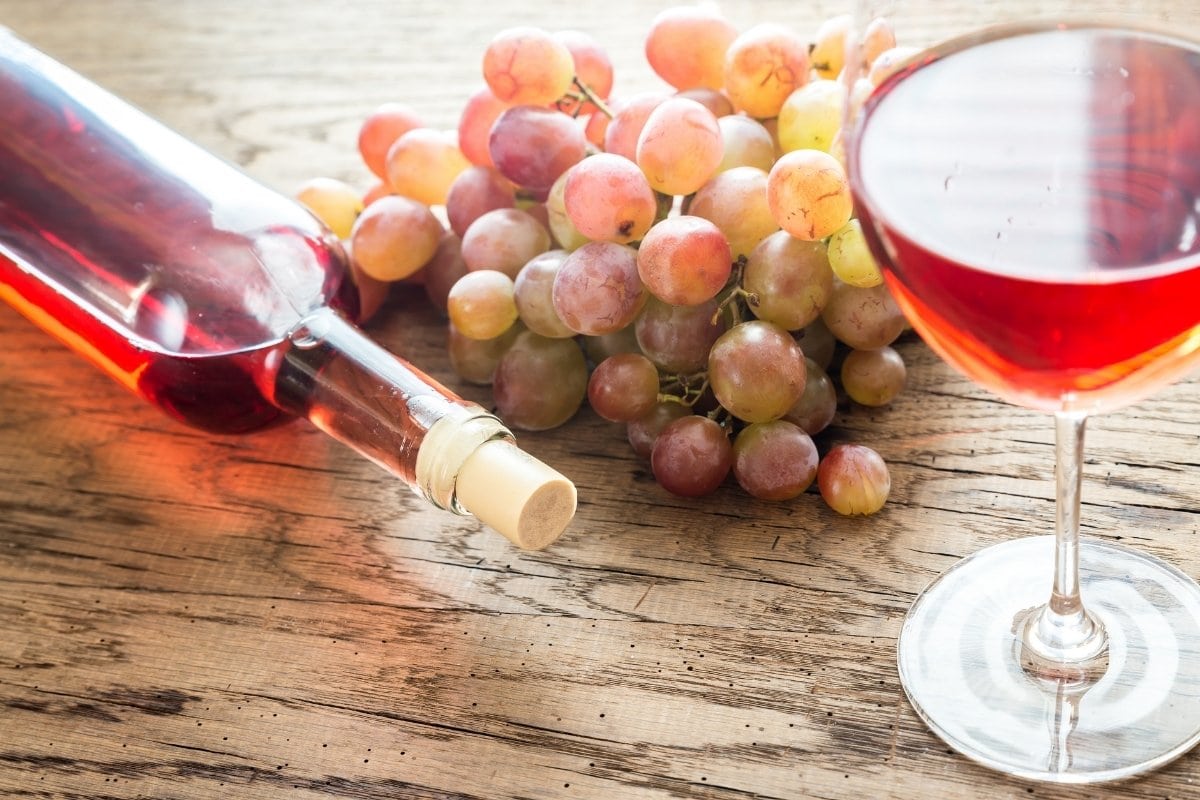
Rosé wine is a type of wine that incorporates some of the colors from grape skins but not enough to qualify it as red wine. It’s known for its pink hue and a flavor profile that bridges the gap between red and white wines. It is made from a variety of grape varieties, including Grenache, Syrah, Pinot Noir, Cabernet Sauvignon, Sangiovese, and Cinsault, to name a few, and can range from dry to sweet.
38. Roti
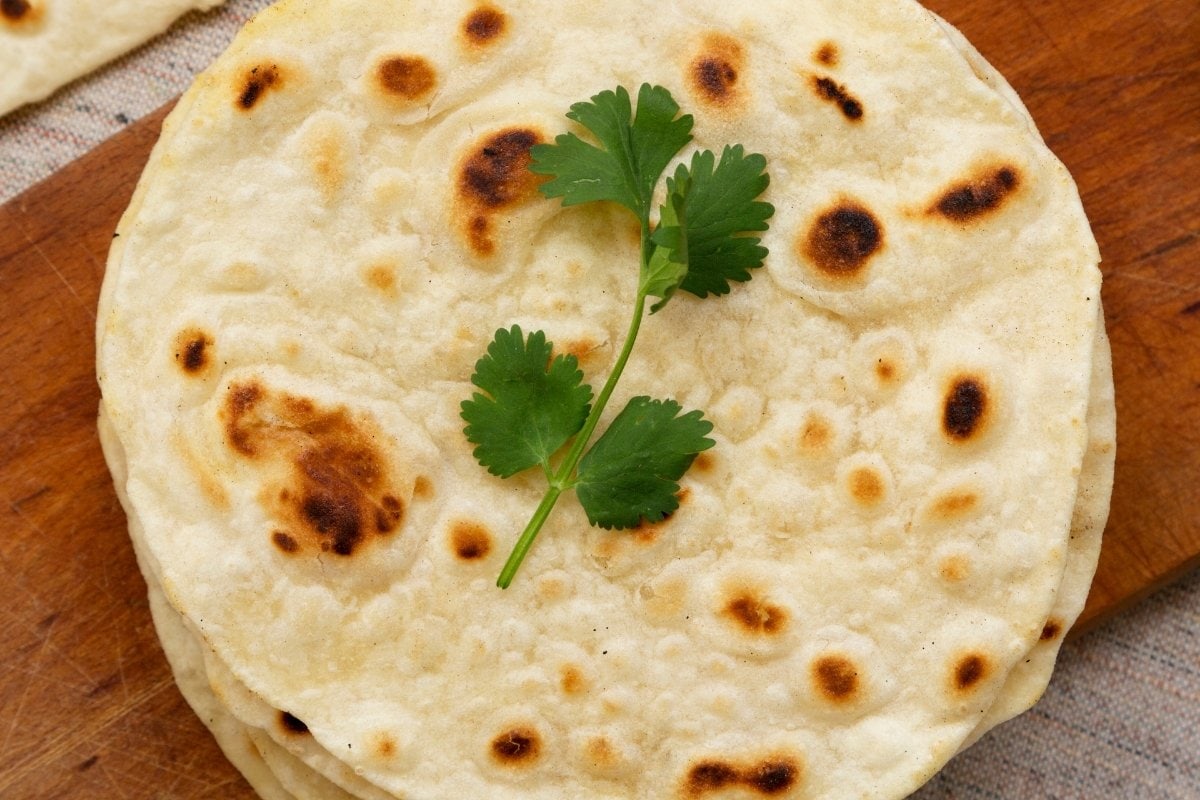
Roti is an unleavened flatbread originating from the Indian subcontinent, commonly made from whole wheat flour and cooked on a hot griddle. It is a staple in many Indian households and is typically served with Indian dishes like dal (lentils), vegetables, or curries, acting as a vehicle to scoop up the flavorful sauces. Variations of roti include chapati, phulka, and paratha, each with distinct characteristics and cooking methods.
39. Rotisserie Chicken
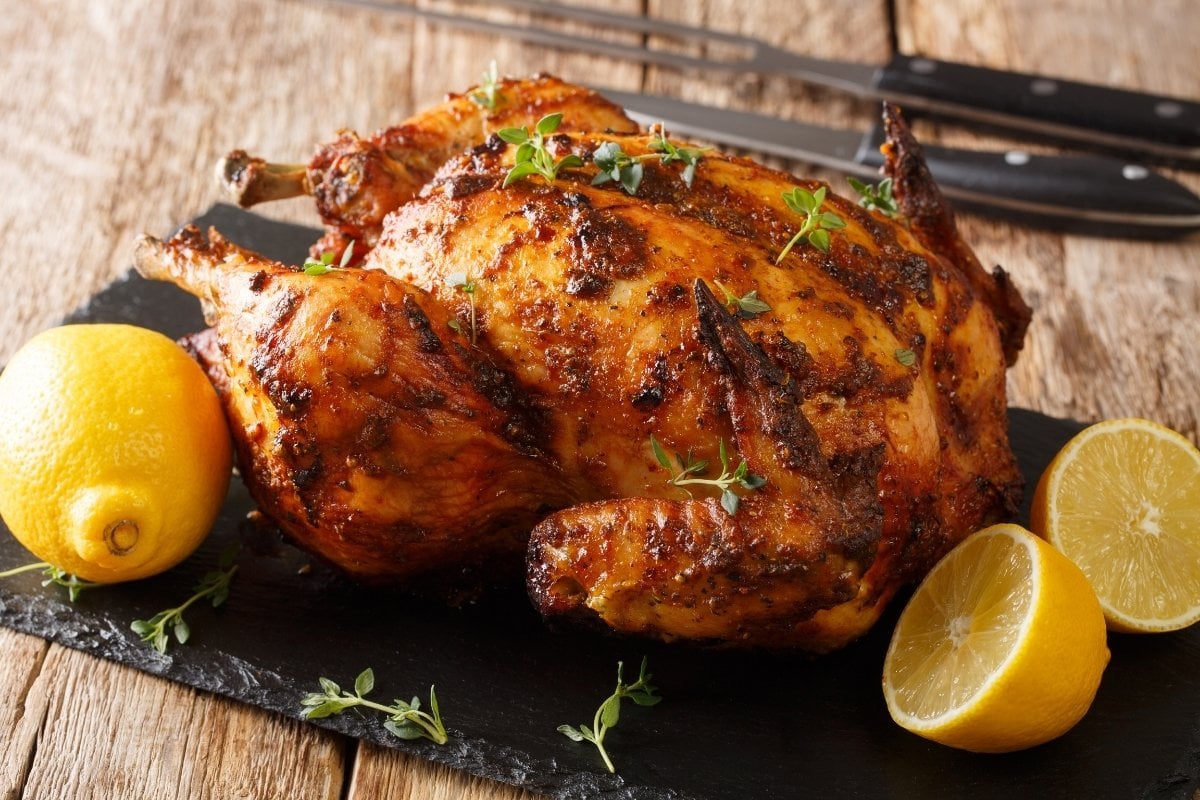
Rotisserie chicken is a chicken dish that is cooked on a rotisserie by using direct heat. The chicken is continuously rotated next to the heat source to ensure even cooking and moist meat with a crispy exterior. This method of cooking allows the chicken to self-baste in its own juices. The chickens are often seasoned with a variety of herbs and spices before cooking, which can include paprika, thyme, garlic, and others.
40. Rouille
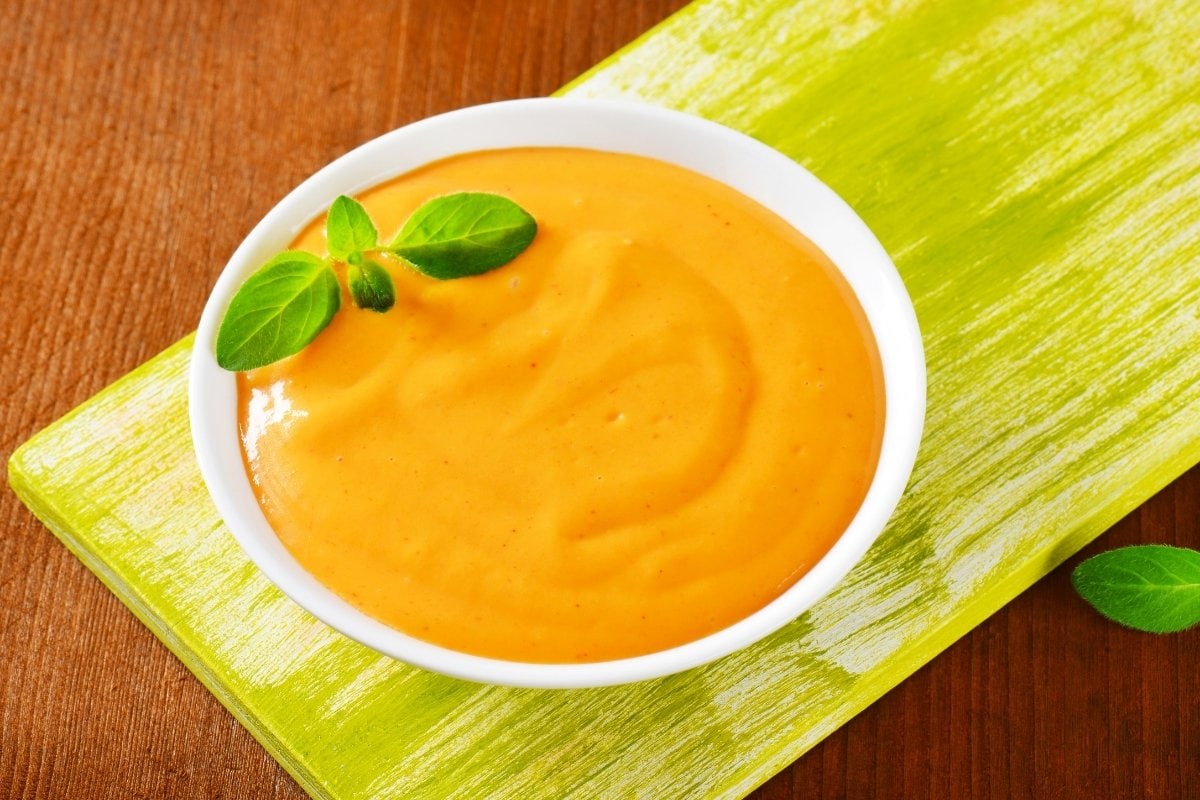
Rouille is a thick, spicy French sauce traditionally served with fish dishes, particularly bouillabaisse. It’s made with olive oil, breadcrumbs, garlic, saffron, and sometimes chili peppers. The sauce is known for its rust-red color, which is where the name “rouille” (French for “rust”) comes from, and it often contains egg yolks or mayonnaise as a base to give it a creamy texture.
41. Royal Icing

Royal icing is a hard-drying, white icing, made from powdered sugar, egg whites, and sometimes lemon or lime juice. It’s commonly used to decorate cookies, and gingerbread houses, and to create intricate designs on cakes. It is known for its smooth, matte finish and is often used to create fine details like dots, lines, and borders. Royal icing can be adjusted to various consistencies to suit different decorating techniques.
42. Rhubarb

Rhubarb is a perennial vegetable known for its tart-flavored stalks, which are commonly used in culinary applications as a fruit, particularly in pies and desserts. Despite the common misconception, only the stalks of rhubarb are edible. The leaves are toxic due to high levels of oxalic acid. Rhubarb is often sweetened with sugar or paired with sweeter fruits like strawberries to balance its intense acidity. It can be stewed, roasted, or used in sauces and jams.
43. Rum

Rum is a distilled alcoholic beverage made from sugarcane byproducts, such as molasses or sugarcane juice, that is fermented and then aged in oak barrels. Originating in the Caribbean in the 17th century, rum has a diverse range of styles and flavors. It can vary from light and crisp to dark and full-bodied, influenced by the length and method of aging as well as the ingredients used in production.
Rum’s quality and taste profiles are largely determined by the terroir of the sugarcane and the specific distillation processes employed by each producer. Cuba and Puerto Rico are known for their light rums, while others like Jamaica and Martinique produce rums that are heavier and more complex.
44. Rum Baba

Rum baba is a yeast-leavened cake that is saturated in syrup made with rum, often baked in a cylindrical mold and sometimes filled with whipped cream or pastry cream. This dessert is believed to have originated in the 18th century and is attributed to Stanislaus I, the exiled king of Poland, who brought the recipe to France.
45. Runner Beans
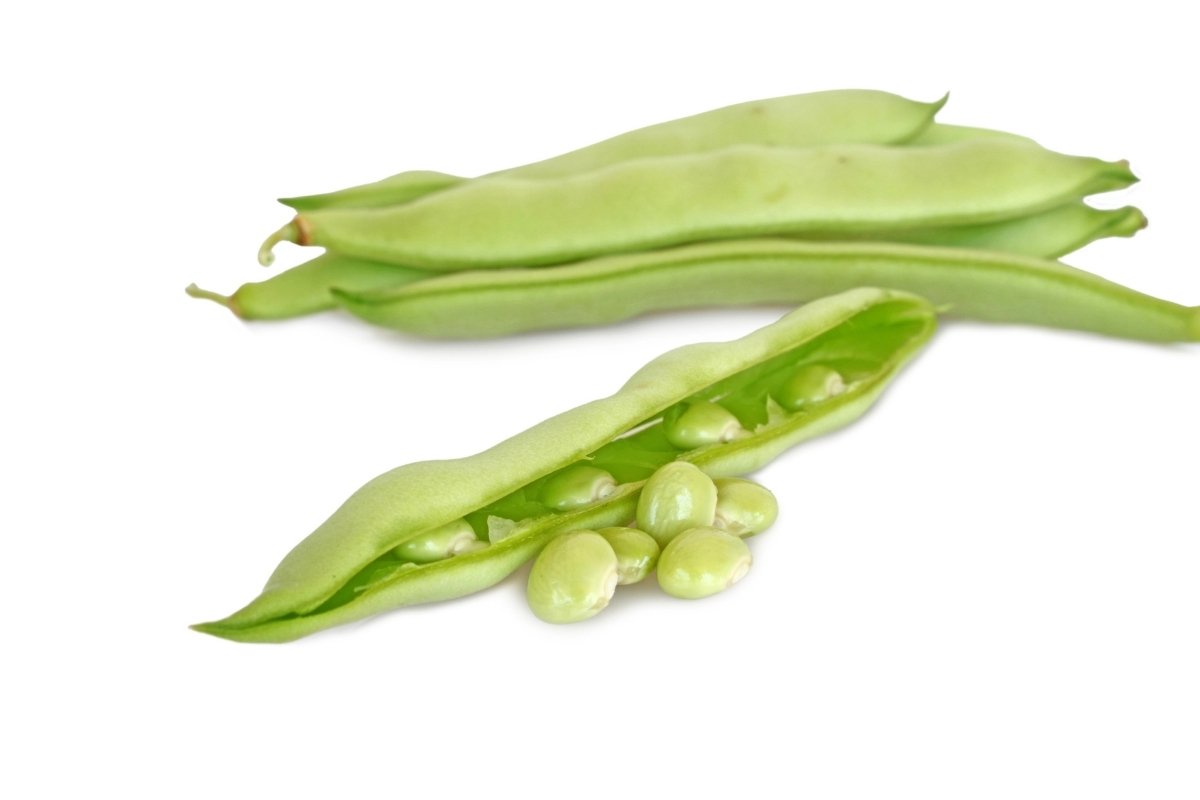
Runner beans, scientifically known as Phaseolus coccineus, are a plant in the legume family, known for their long, flat green pods and often vibrant flowers. They are also referred to as scarlet runner beans or multiflora beans. These beans are valued both as an ornamental plant and a vegetable crop. Native to the mountains of Mexico and Central America, runner beans grow well in cooler climates and are popular in British and European gardens. The beans inside the pods can be eaten fresh when young or allowed to mature and harvested as dried beans.
46. Russet Potatoes
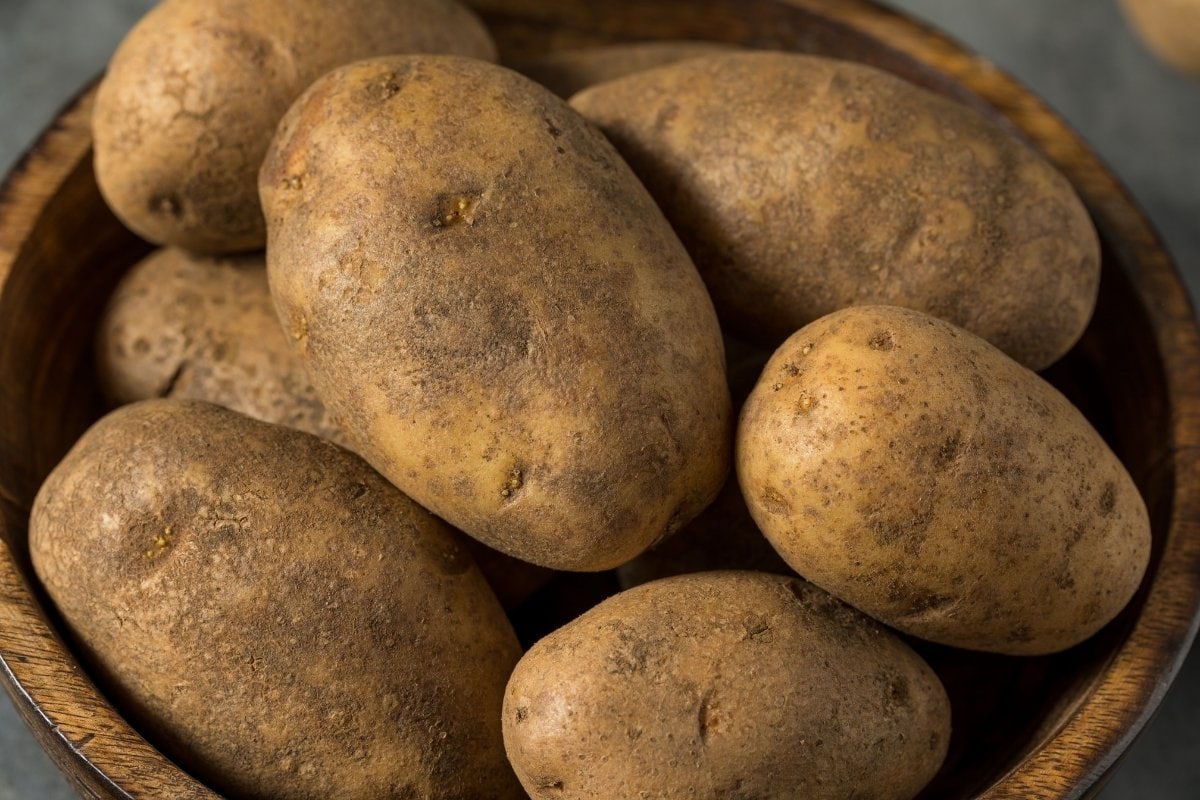
Russet potatoes are a variety of potatoes known for their large size, thick brown skin, and starchy, fluffy white flesh. They are ideal for baking, mashing, and frying. This potato variety is also commonly referred to as Idaho potatoes, especially when grown in a state known for its optimal potato-growing conditions. Russets are a staple in American cuisine, often used for making French fries, loaded baked potatoes, and classic mashed potatoes.
47. Rye Bread
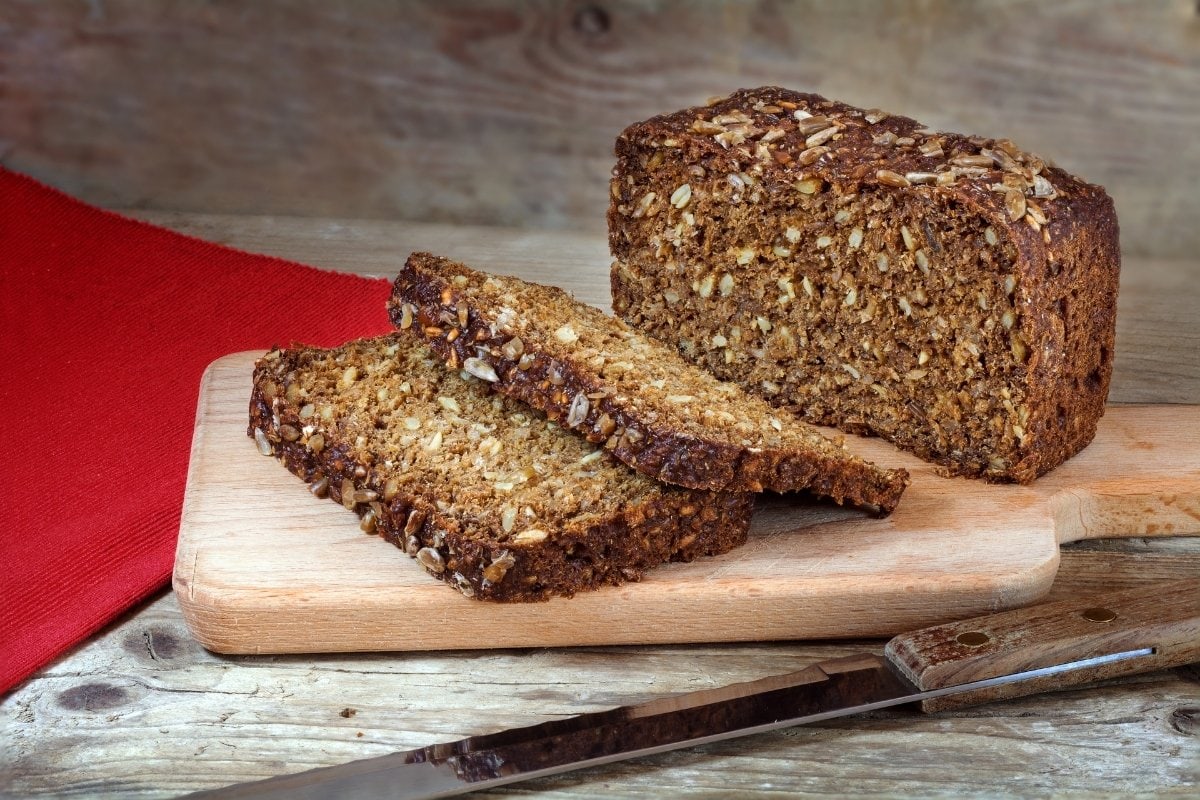
Rye bread is a type of bread made with various proportions of flour from rye grain. This type of bread can range from light to dark in color and from dense to light in texture, depending on the specific recipe and the amount of rye flour used. It is a staple in many European countries, particularly in Northern and Eastern Europe, where it has been consumed for centuries. Rye bread is often denser than wheat bread, with a stronger, slightly sour flavor. It typically has a higher fiber content, making it more filling and potentially beneficial for digestive health.
48. Rye Whiskey

Rye whiskey is a distilled alcoholic beverage made from at least 51% rye grain. It’s similar to bourbon but is generally characterized by a bolder, spicier taste due to the rye grain. Rye whiskey is often aged in charred new oak barrels, which contributes to its complex flavor and amber color.
49. Rabbit
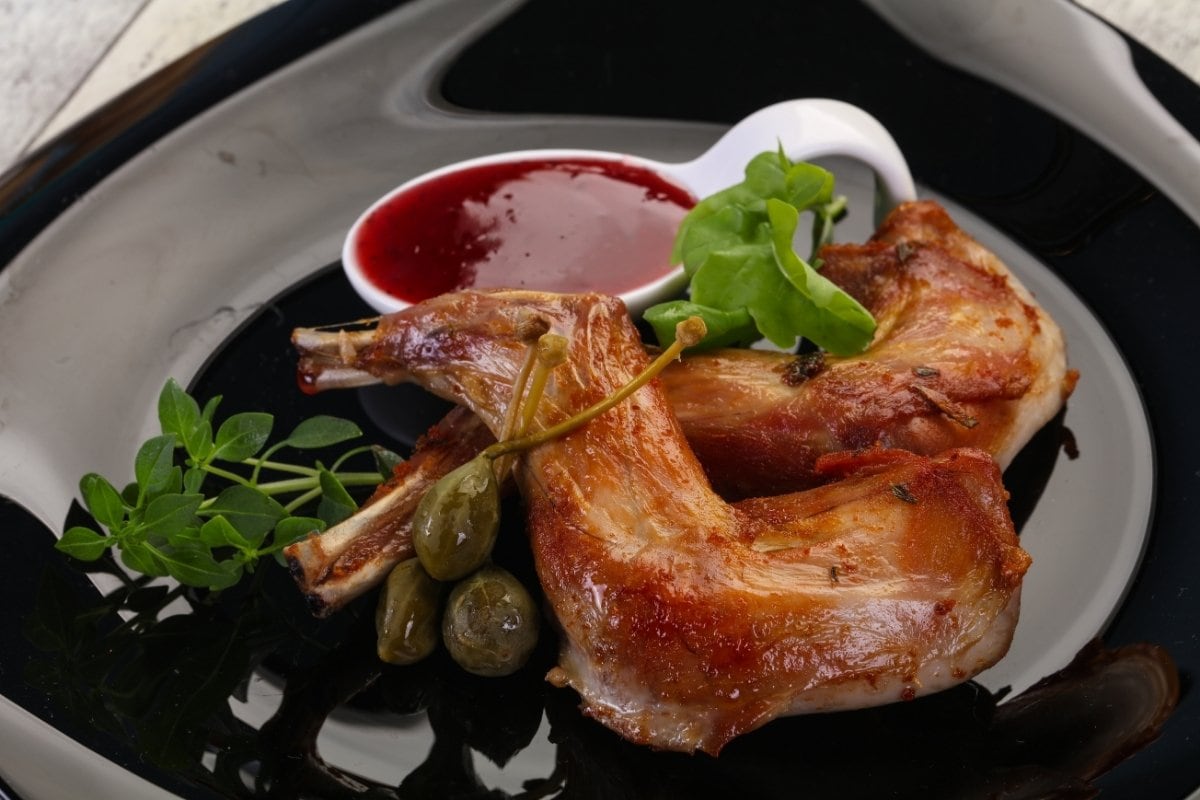
A rabbit is a small mammal often used as a source of meat. It has lean, tender flesh and a subtle gamey flavor. Rabbit meat is considered a delicacy in many cultures and is known for its high protein content and low-fat levels. It can be prepared in various ways, including stewing, braising, roasting, or grilling, and is particularly popular in European cuisines, such as French and Italian.
50. Rack of Lamb
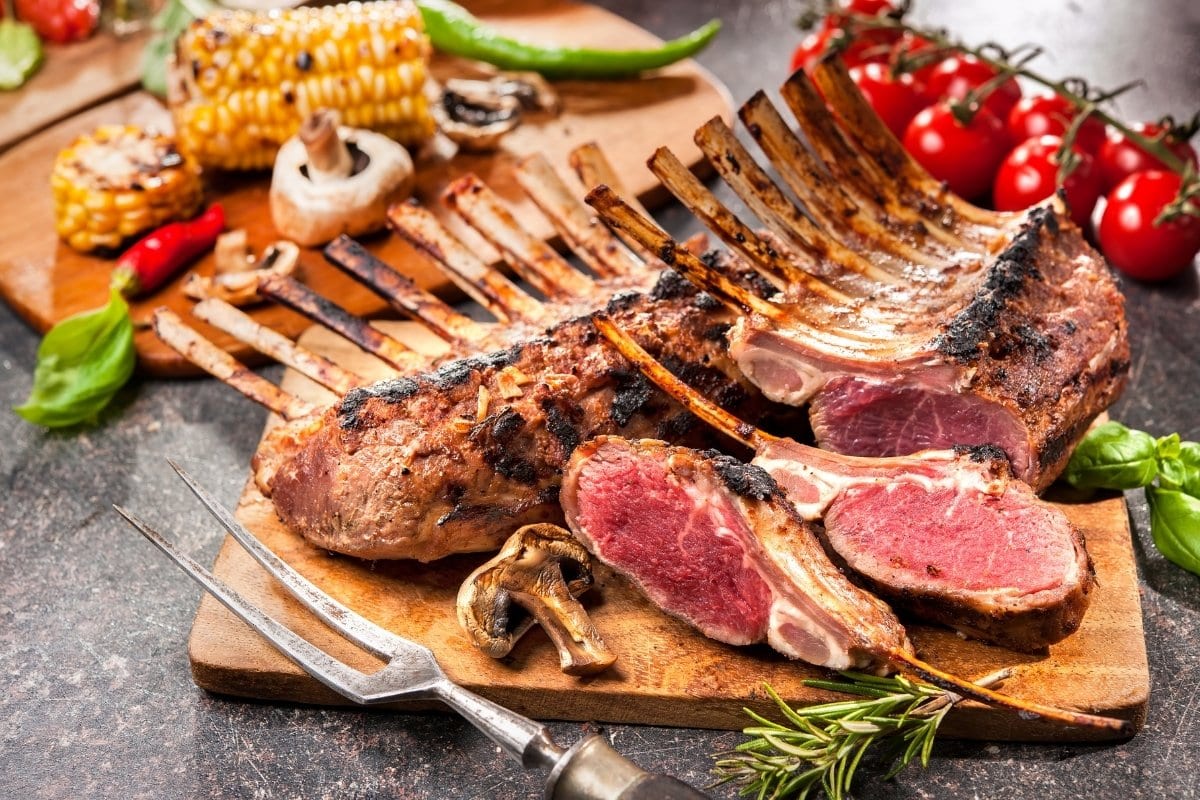
A rack of lamb is a cut of meat from the rib section of the lamb, typically including eight ribs. This cut is often roasted and served with the rib bones protruding for an impressive presentation, a preparation known as “Frenched”. It’s a popular choice for fine dining and special occasions. Rack of lamb is versatile and can be seasoned with a variety of herbs and spices, such as rosemary, garlic, and mustard, to enhance its natural flavors.
51. Rainbow Smelt
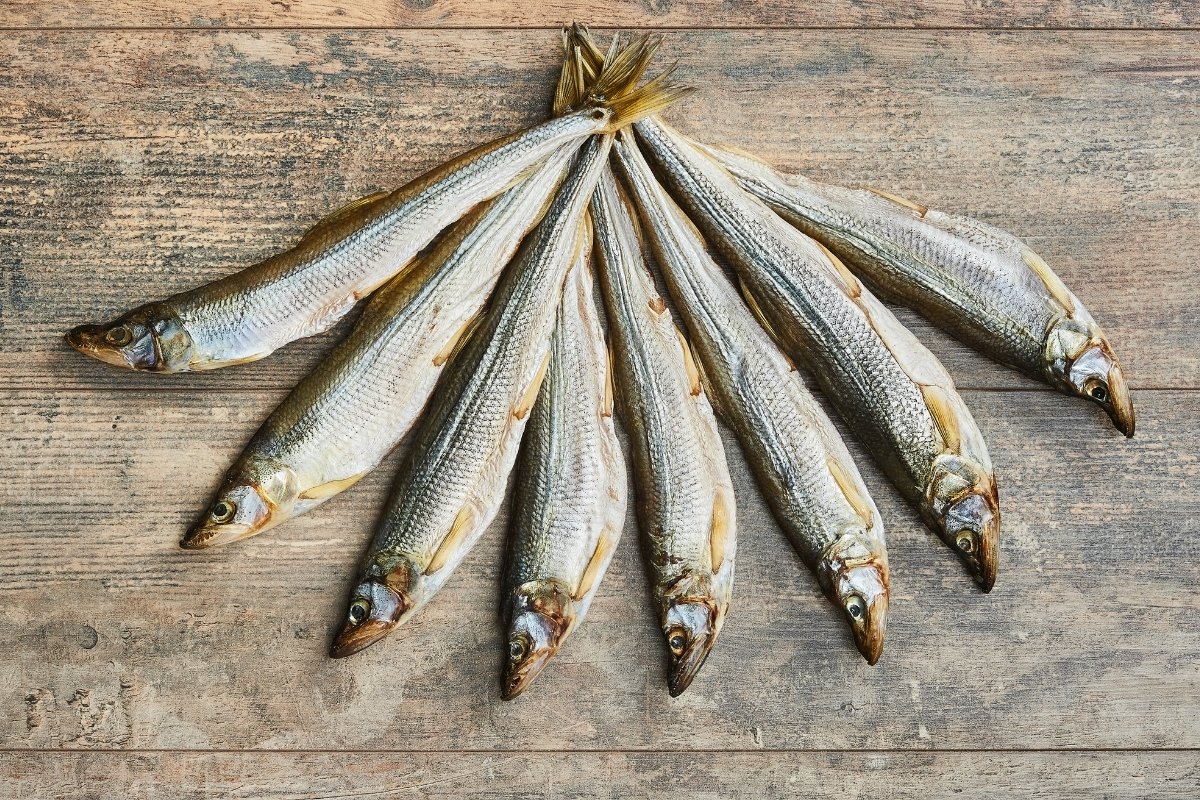
Rainbow smelt are small, silvery fish native to the North Atlantic Ocean and known for their rainbow-like iridescence and mild, slightly sweet flavor. The entire fish, including the bones, is often eaten due to their small size, and they can be prepared quickly. Rainbow smelt is commonly breaded and fried whole, served with sides such as coleslaw and fries.
52. Rainbow Trout
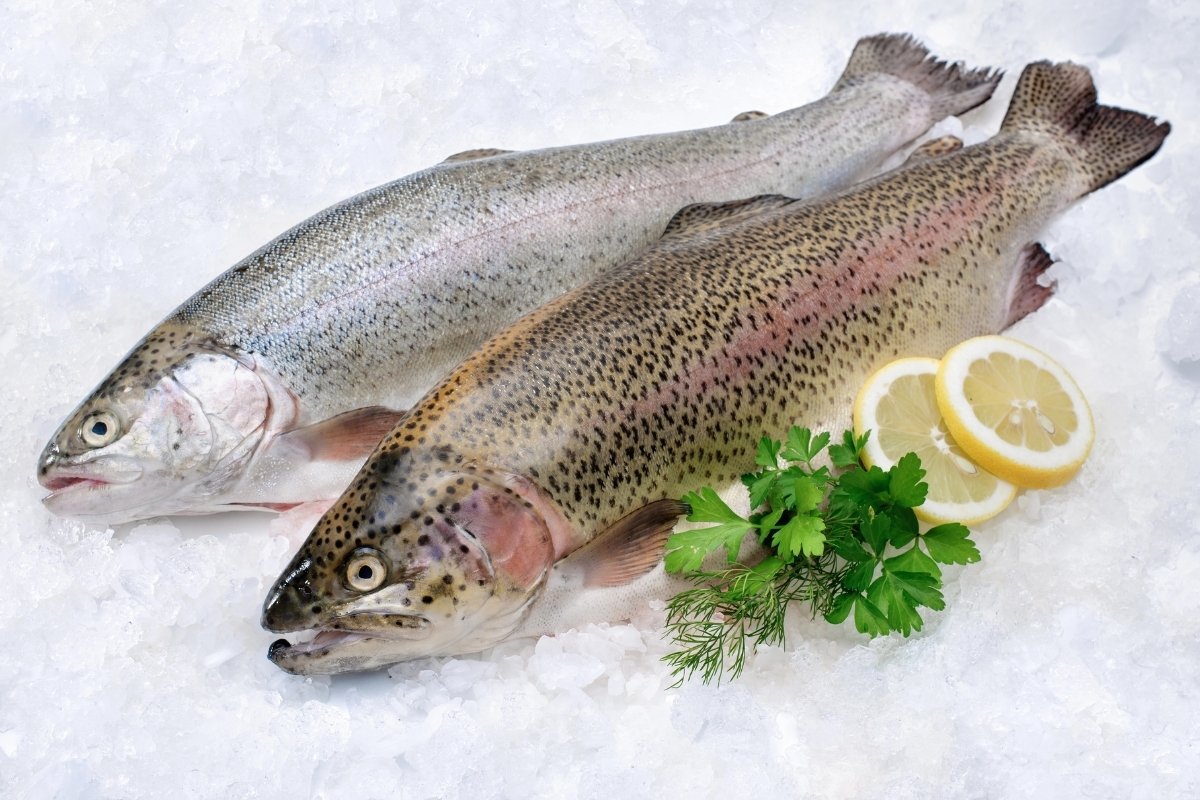
Rainbow trout is known for its tender, flaky flesh that works well in a variety of cooking methods, including grilling, broiling, and pan-frying. The fish is often prepared with the skin on to help hold the delicate meat together during cooking and to add a crispy texture when seared. It’s commonly served with light seasonings and accompaniments that complement its subtle taste, such as lemon butter, almondine, or simple herb garnishes.
53. Razorback Herring
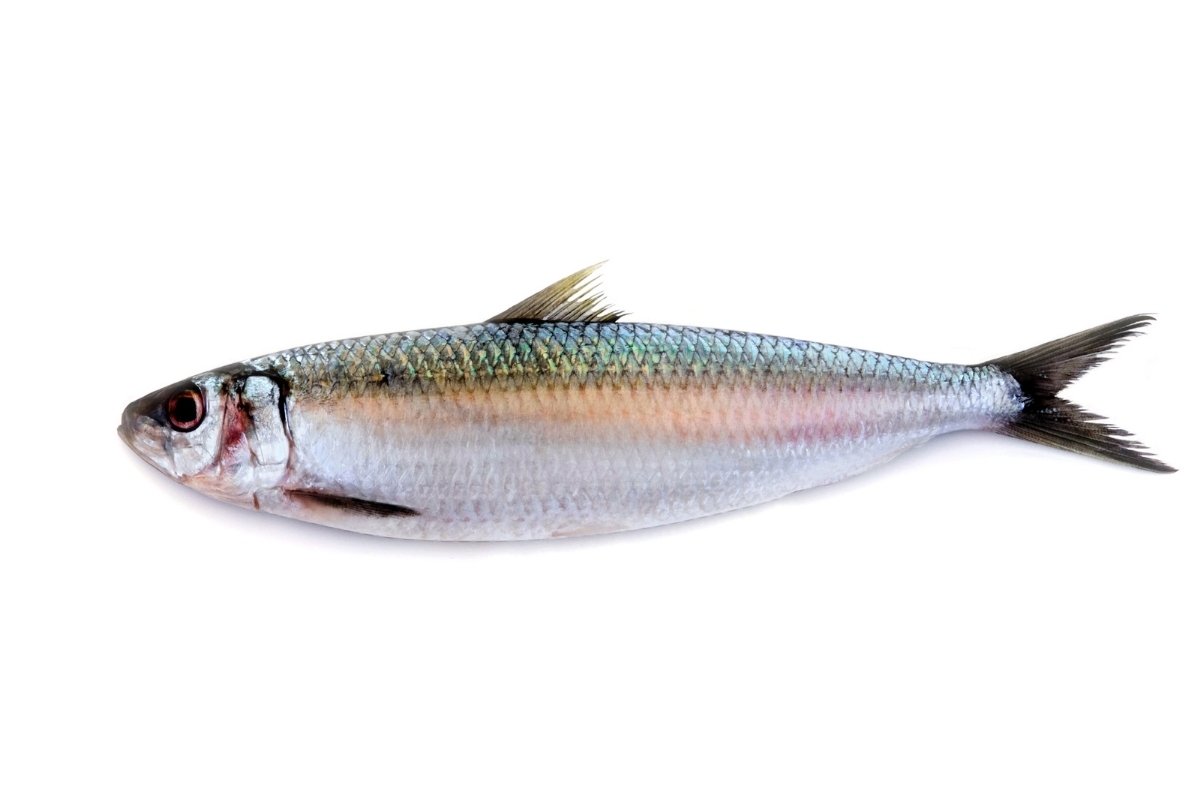
Razorback herring, also known as the Alewife, is a species of fish that belongs to the herring family Clupeidae, notable for its distinctive sharp keel along its belly. While not as commonly sought after for culinary use as its relative the Atlantic herring, the razorback herring has been used in local cuisines where it is native. It can be smoked, pickled, or used in fish meal, and in some regions, it has been historically important as a food source. However, due to its bony structure, it is less popular than other herring species for direct consumption.
54. Razor Clam
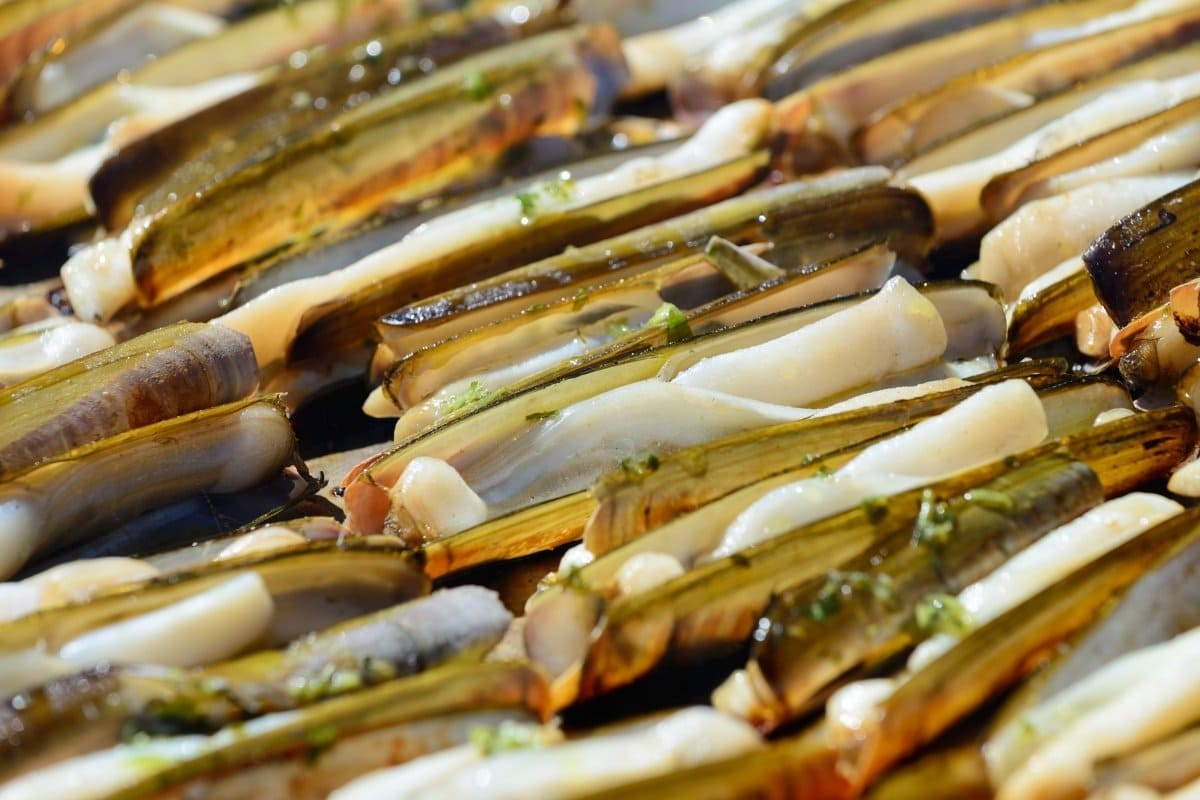
A razor clam is a bivalve mollusk known for its elongated, narrow shell that resembles a straight razor. It is prized for its sweet, delicate meat, tender texture, and rich flavor. They are versatile in the kitchen and can be prepared in various ways, such as steamed, fried, or included in chowders and pasta dishes. A popular method for cooking razor clams involves steaming them with wine and aromatics like garlic and herbs.
55. Rolled Oats
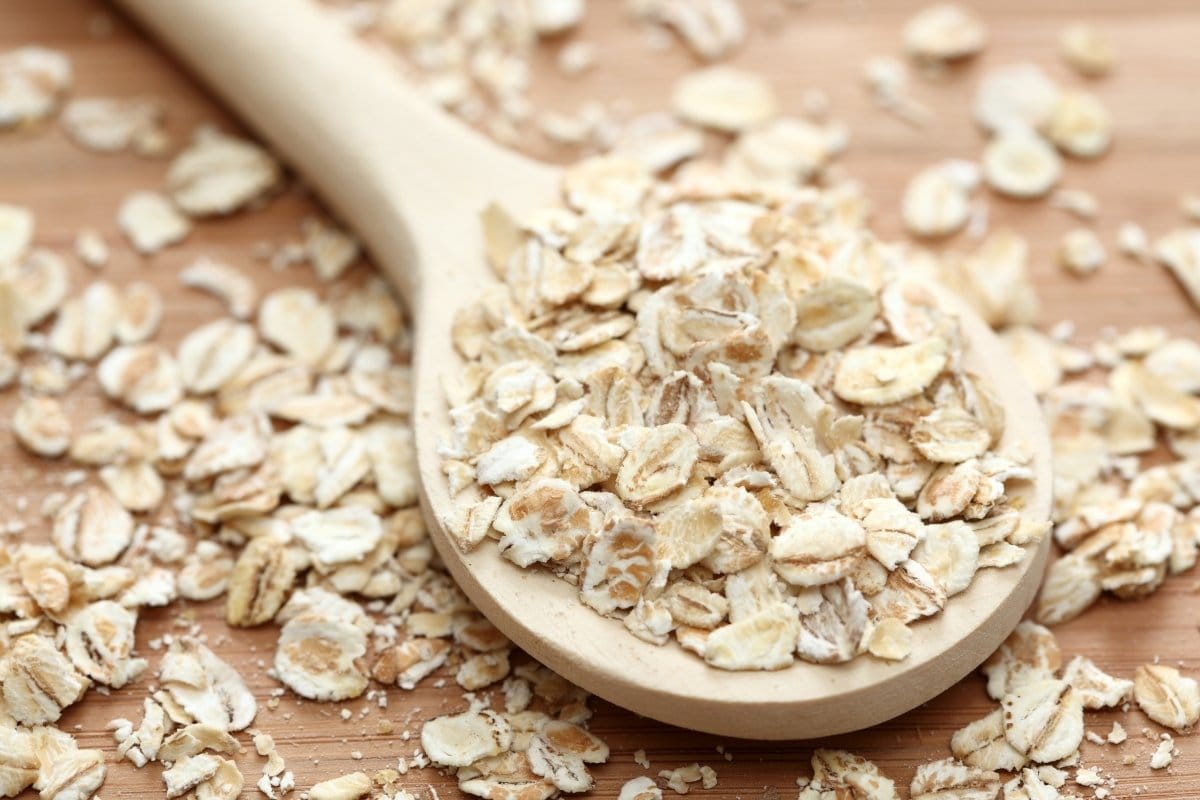
Rolled oats are whole oat groats that have been steamed and flattened with large rollers. The grains cook faster than whole oats while retaining most of the nutritional value. They are a staple in many diets due to their health benefits, being a good source of fiber, particularly beta-glucan. Rolled oats are commonly used in breakfast cereals, such as oatmeal or porridge, and are also a popular ingredient in granola, cookies, and bread.

